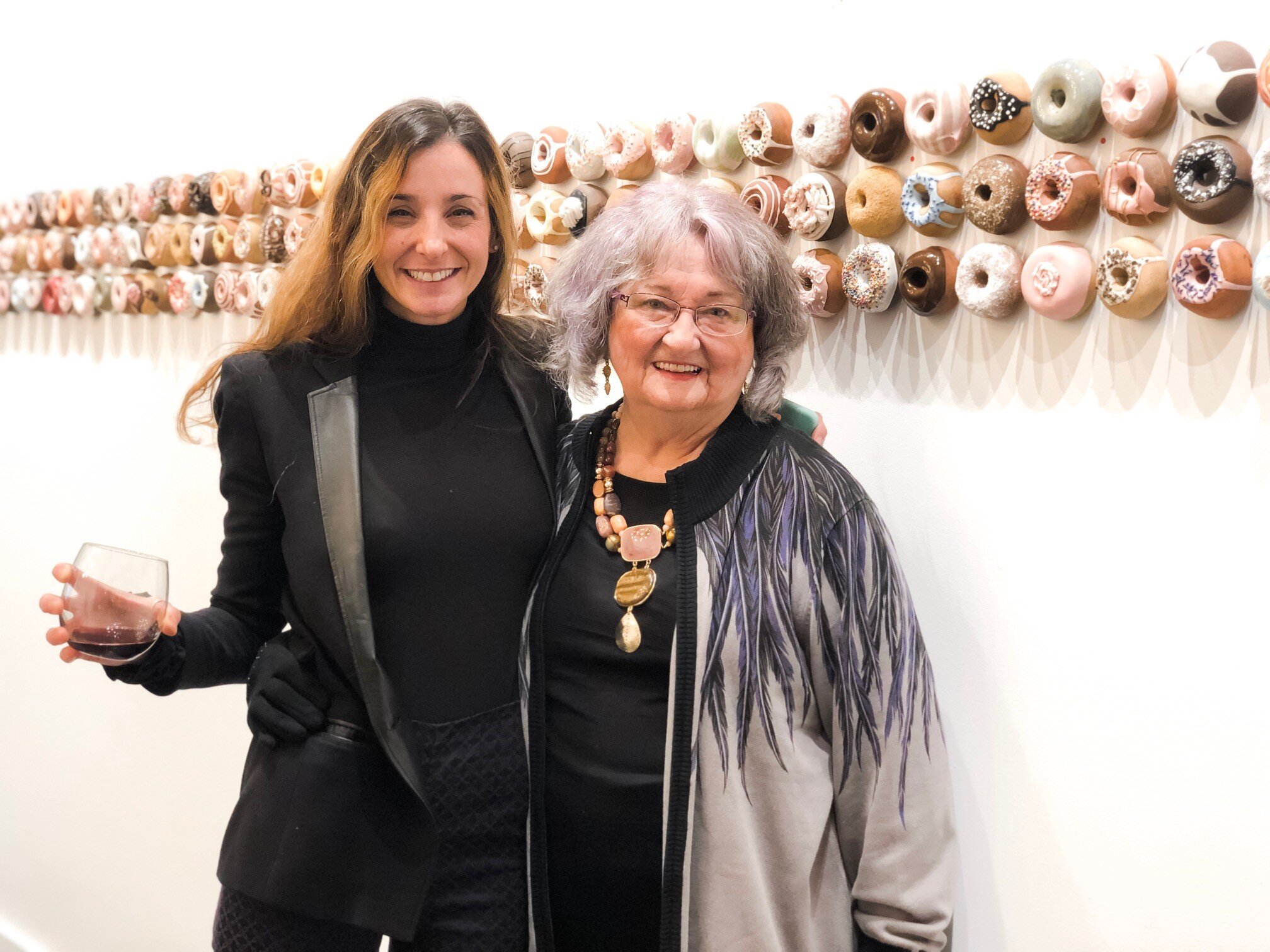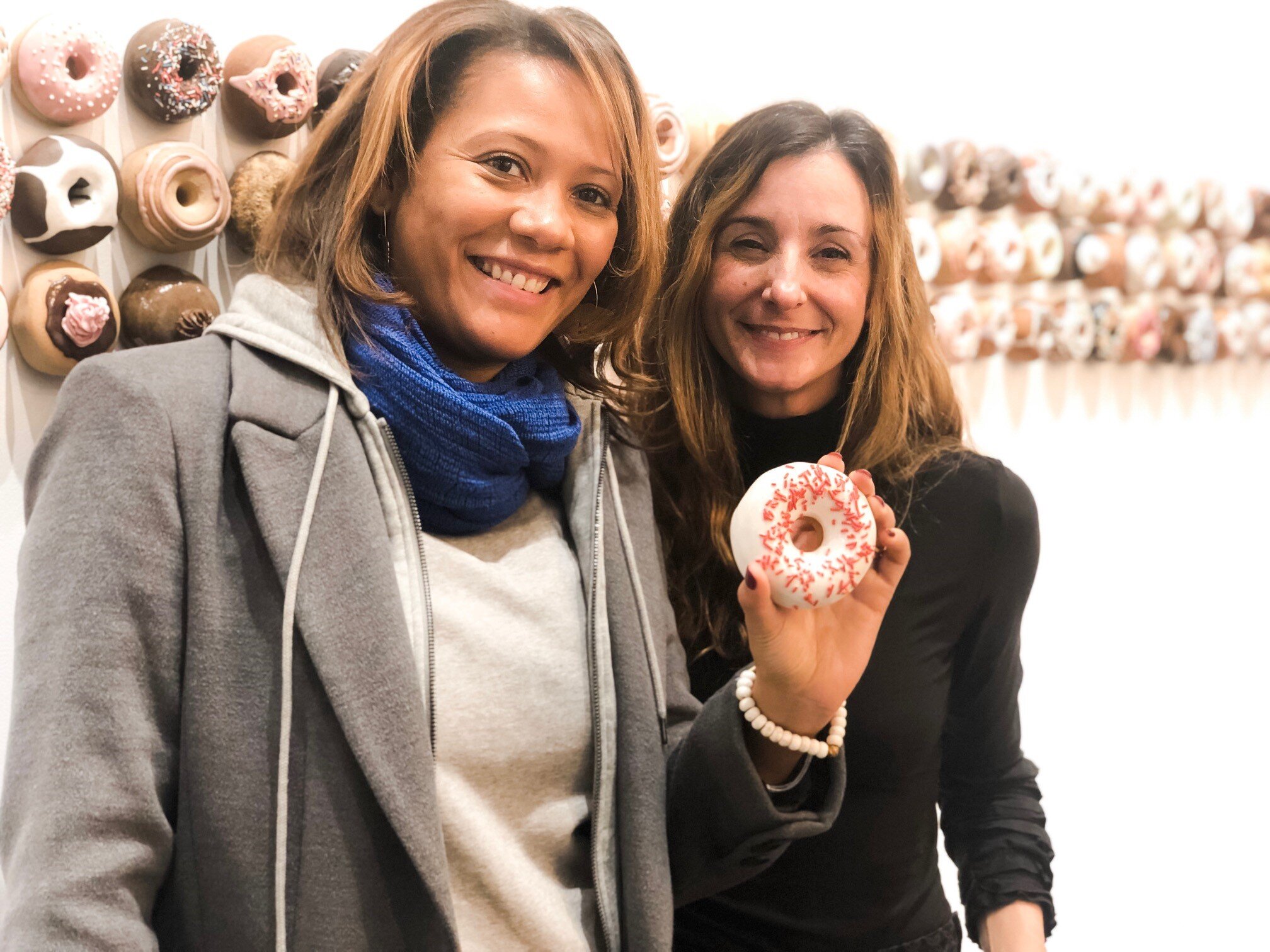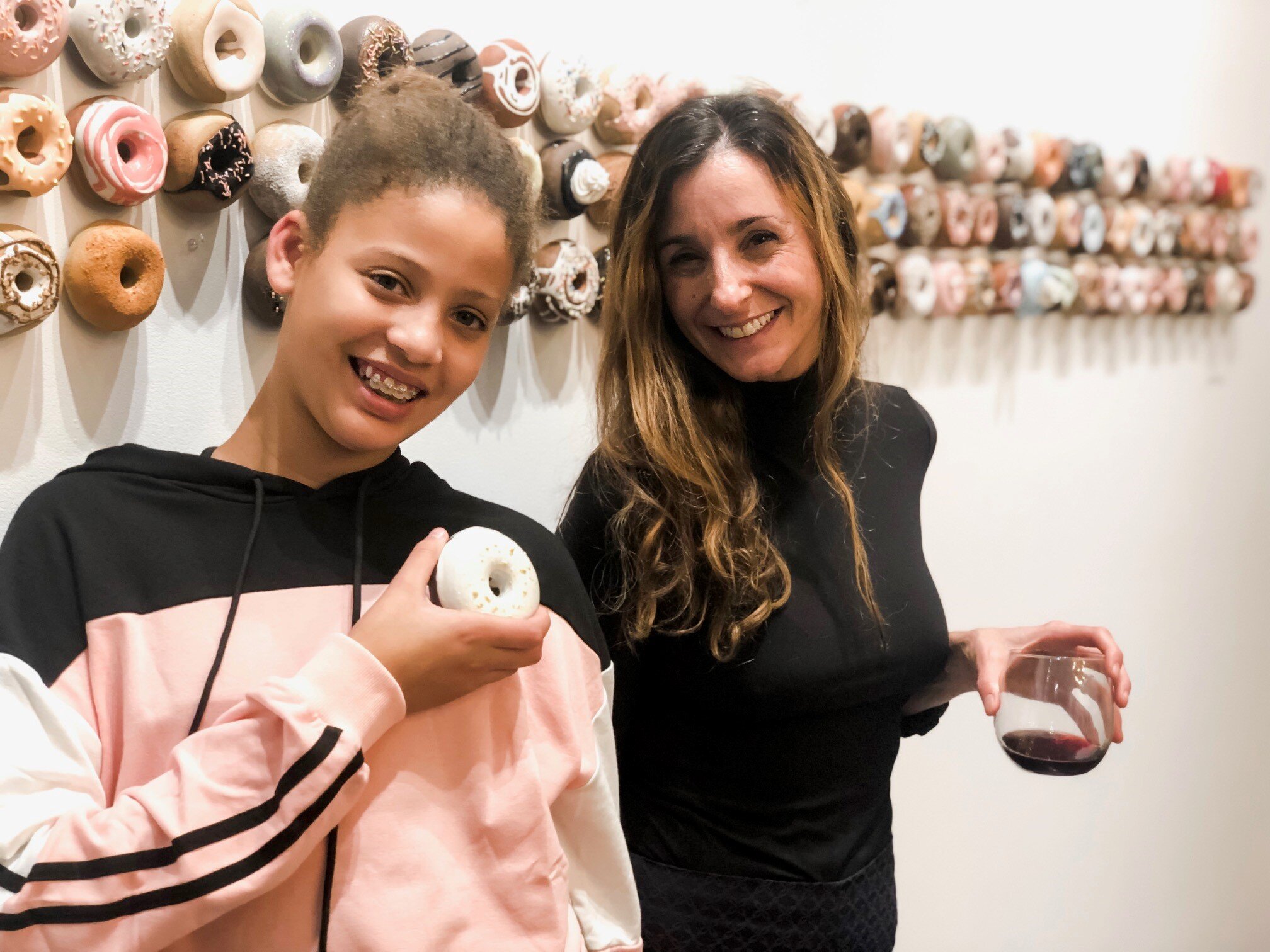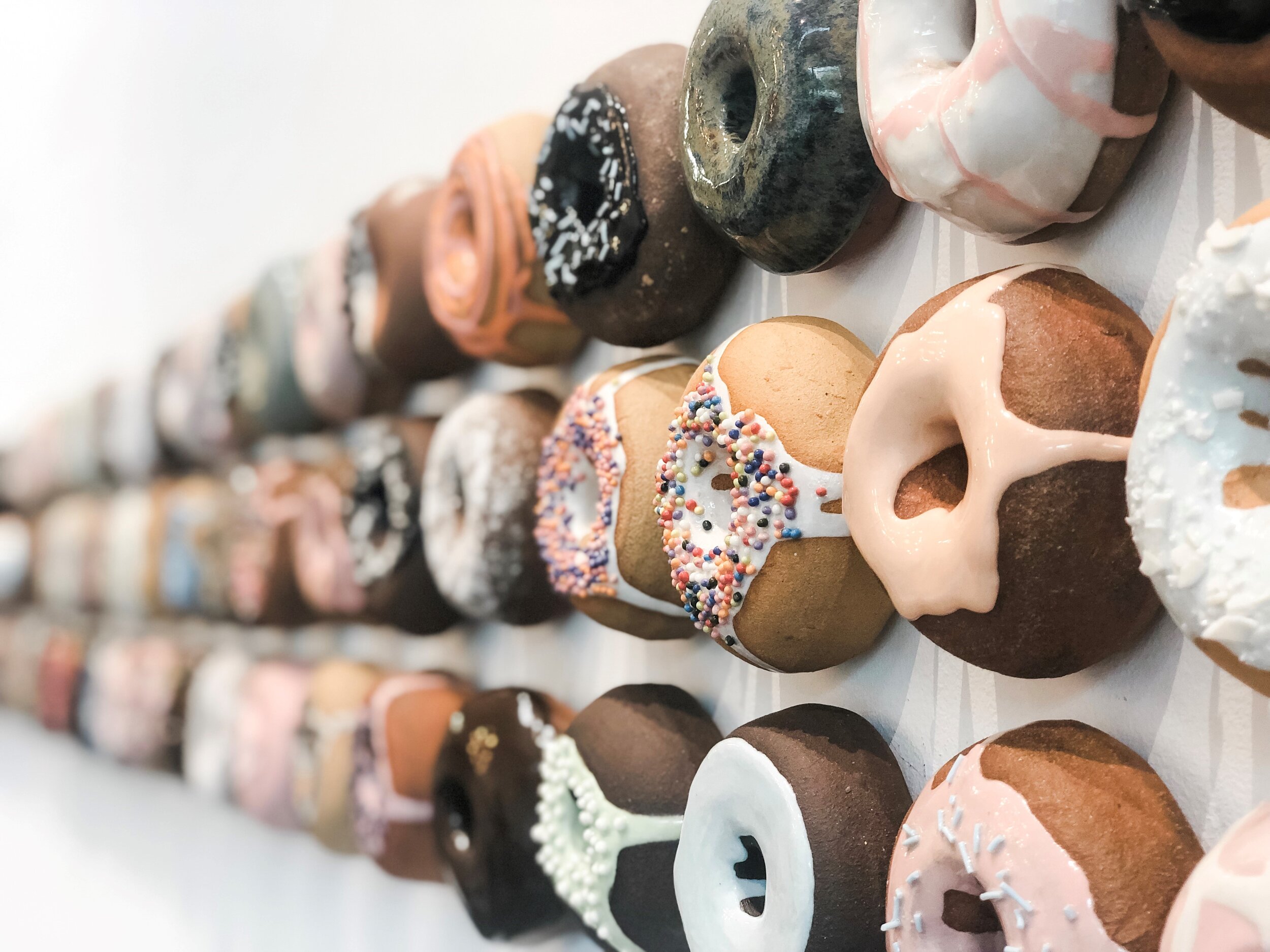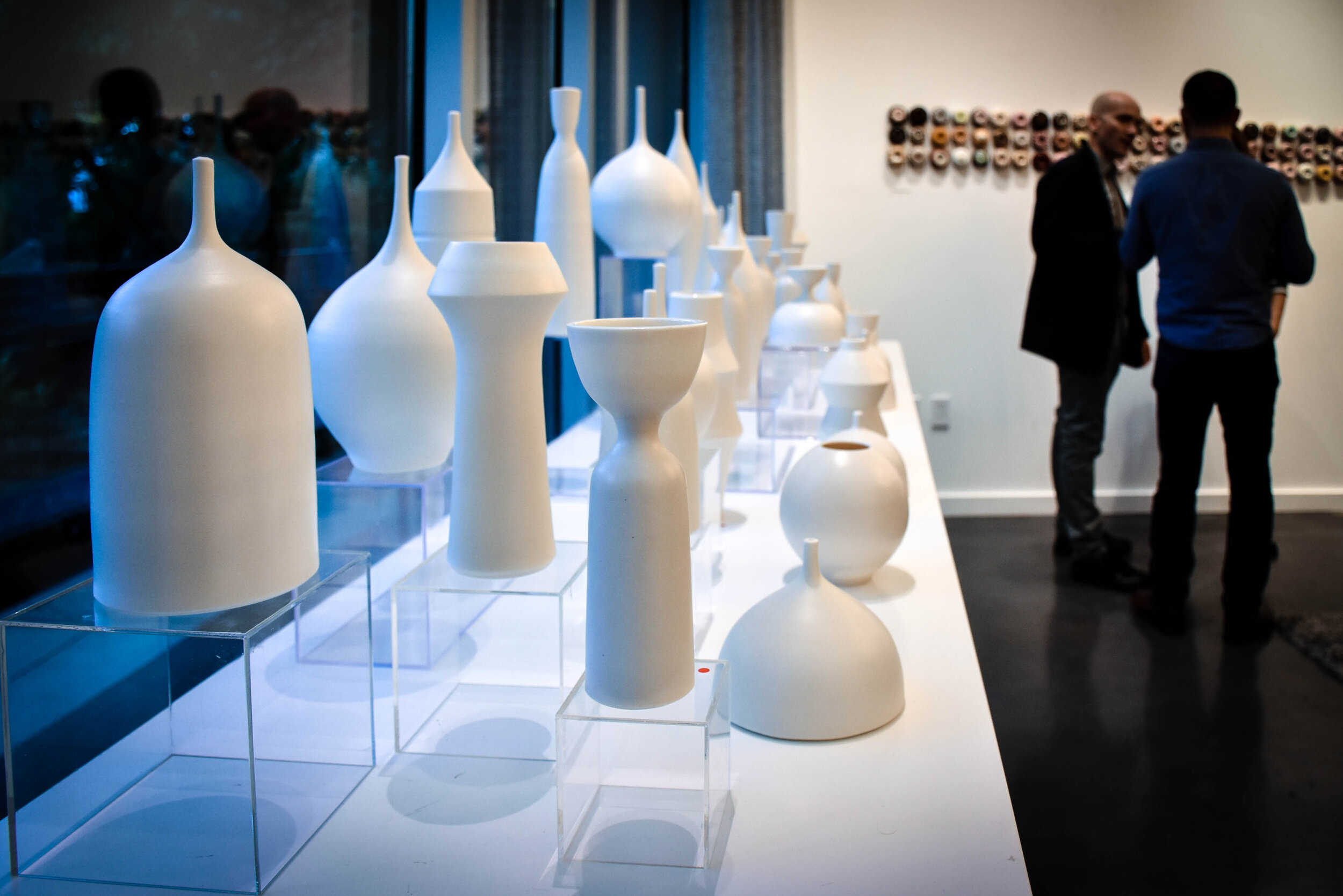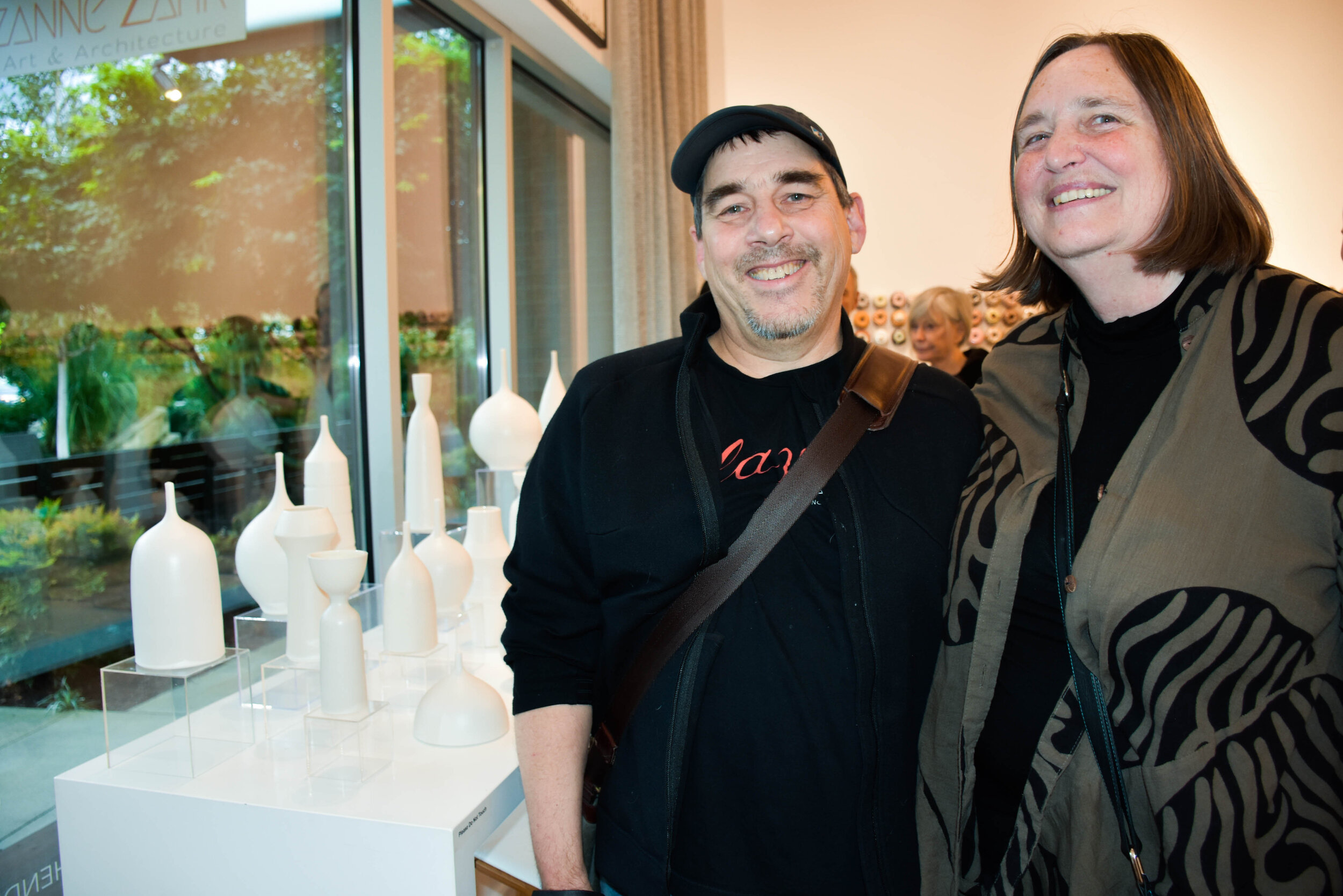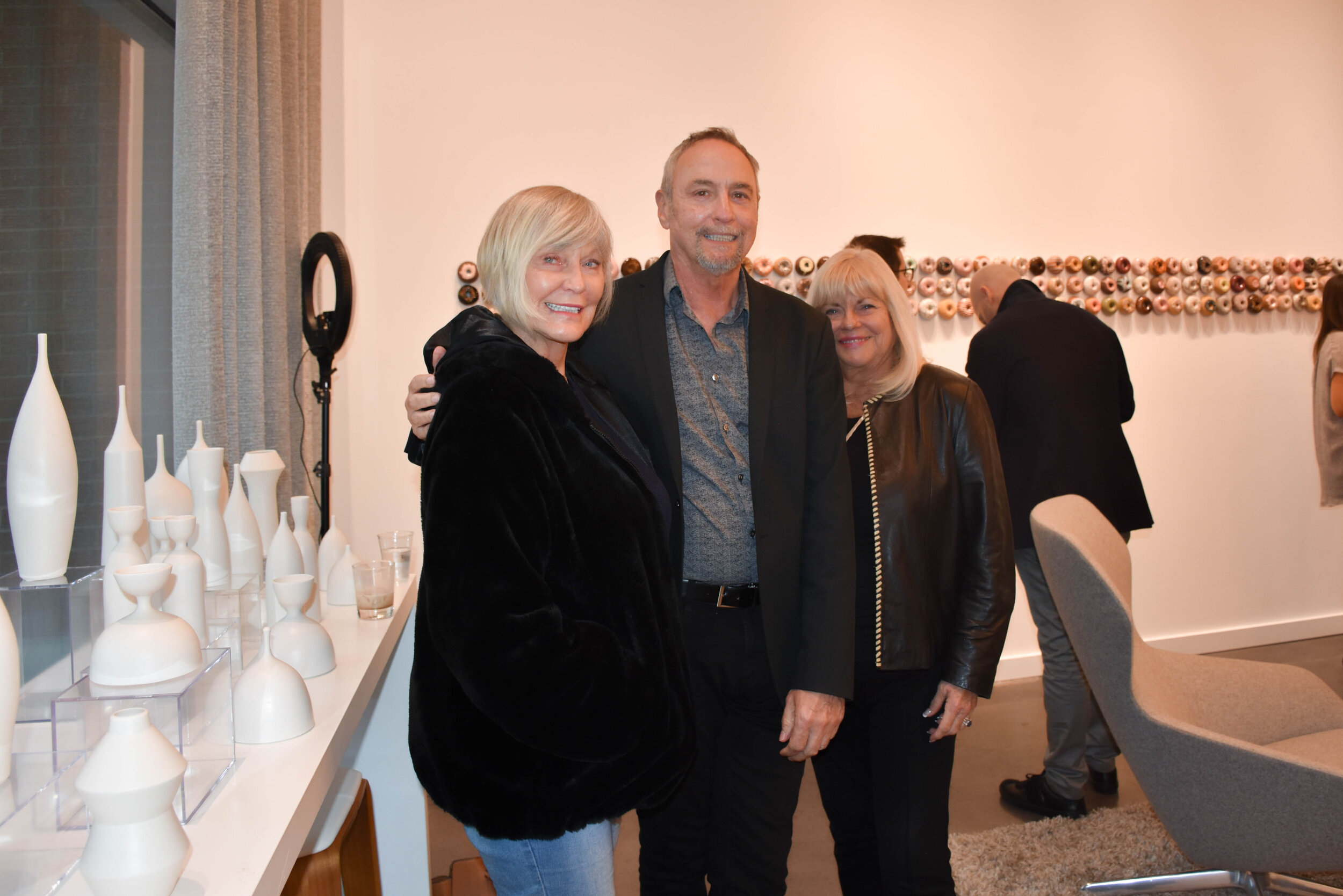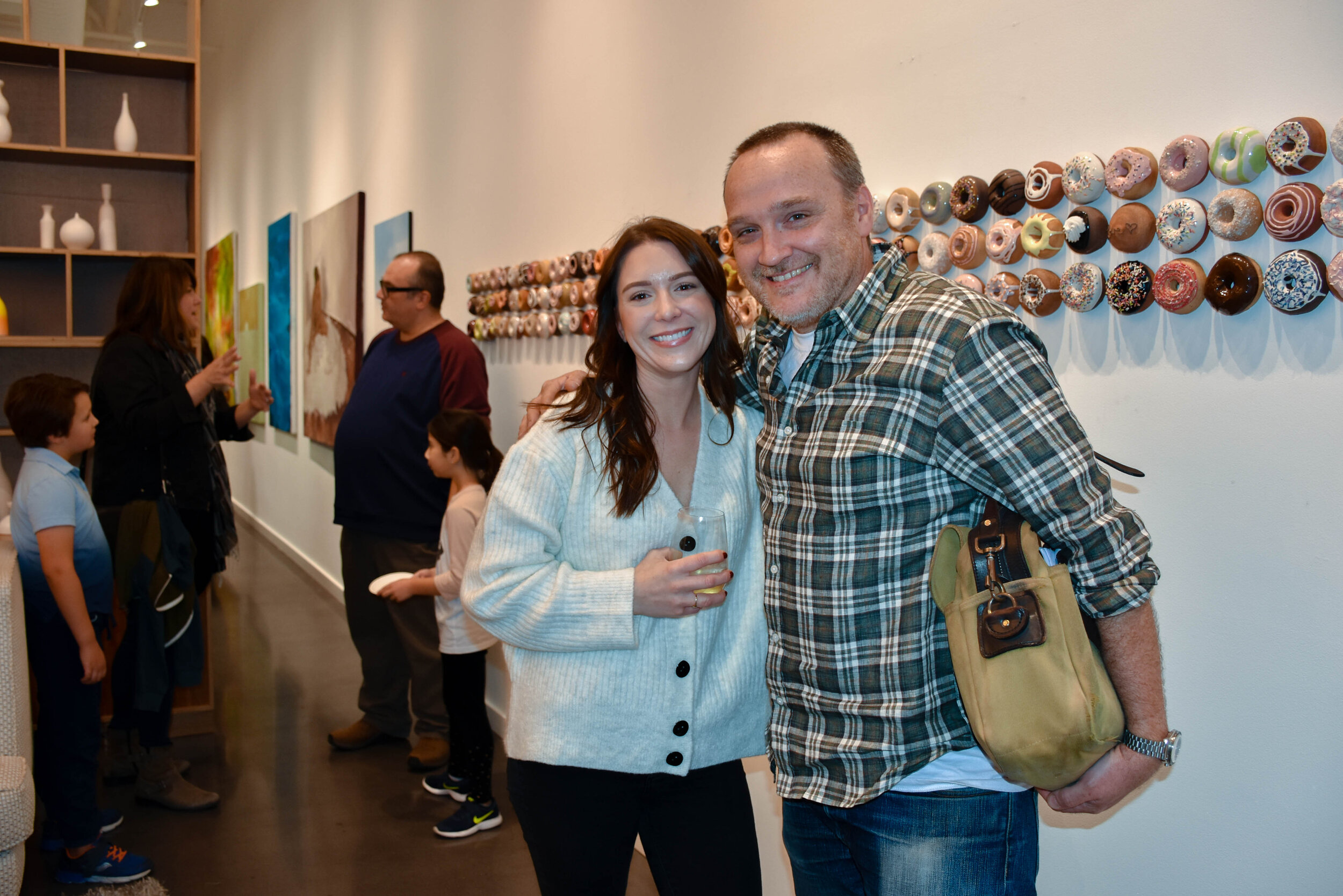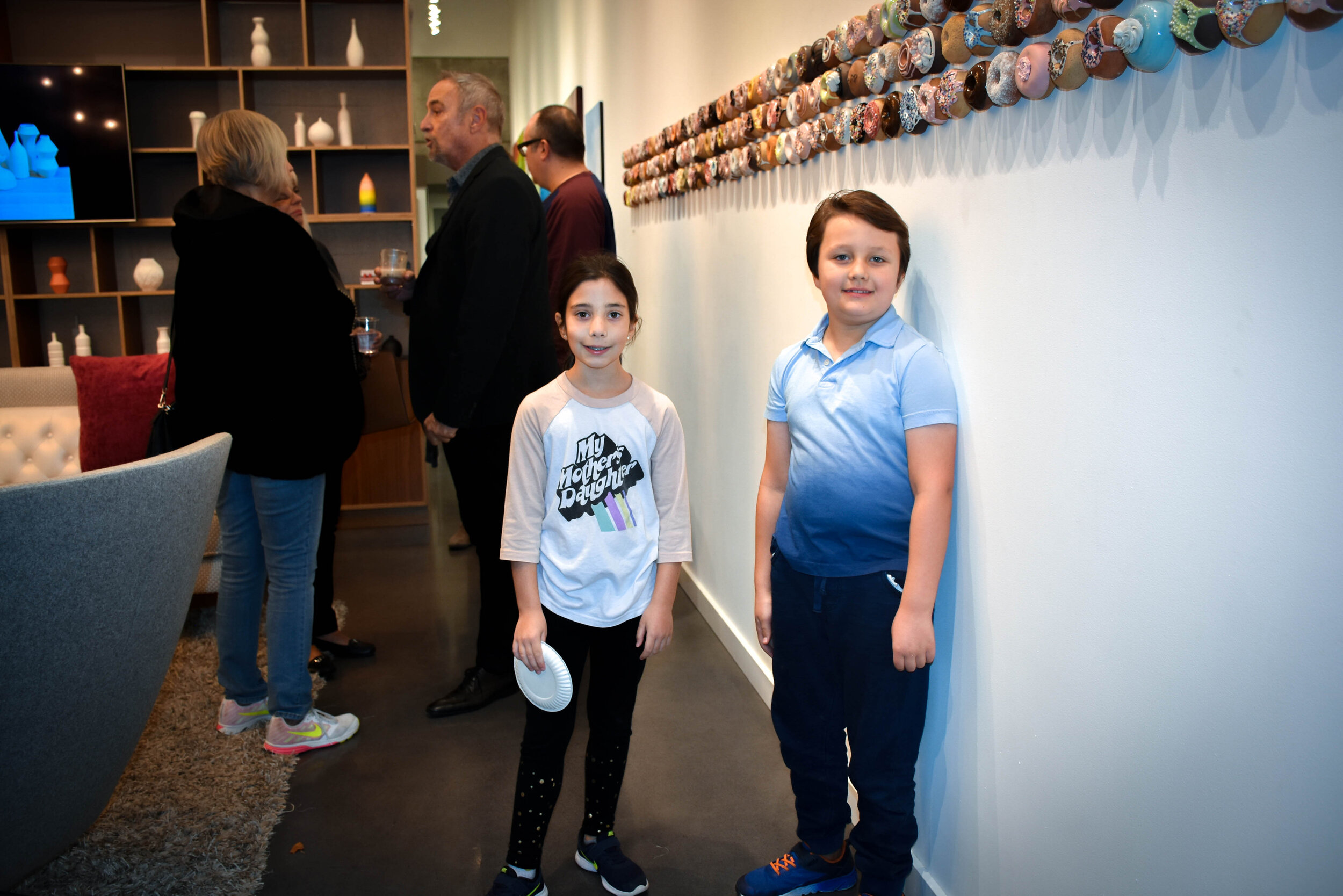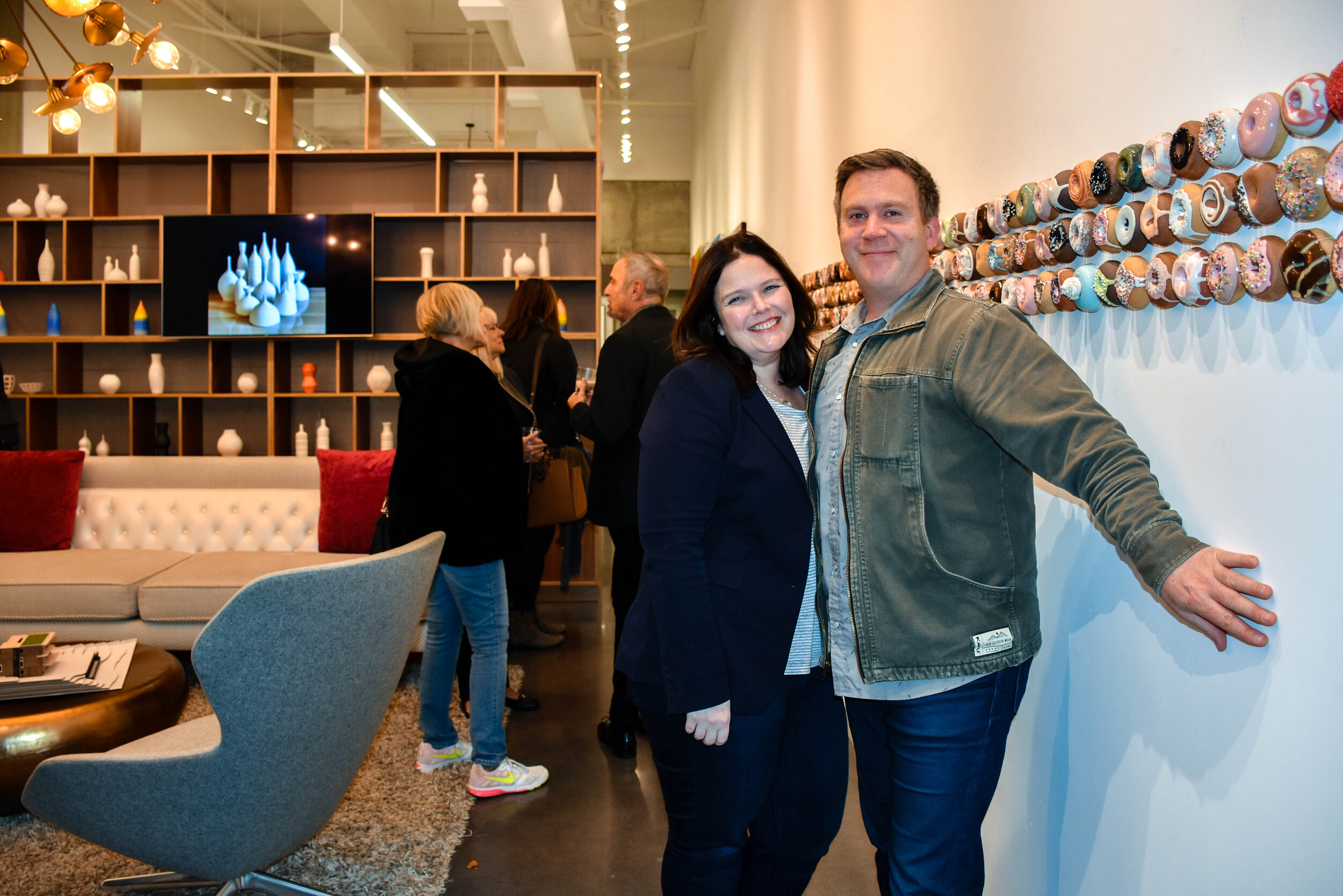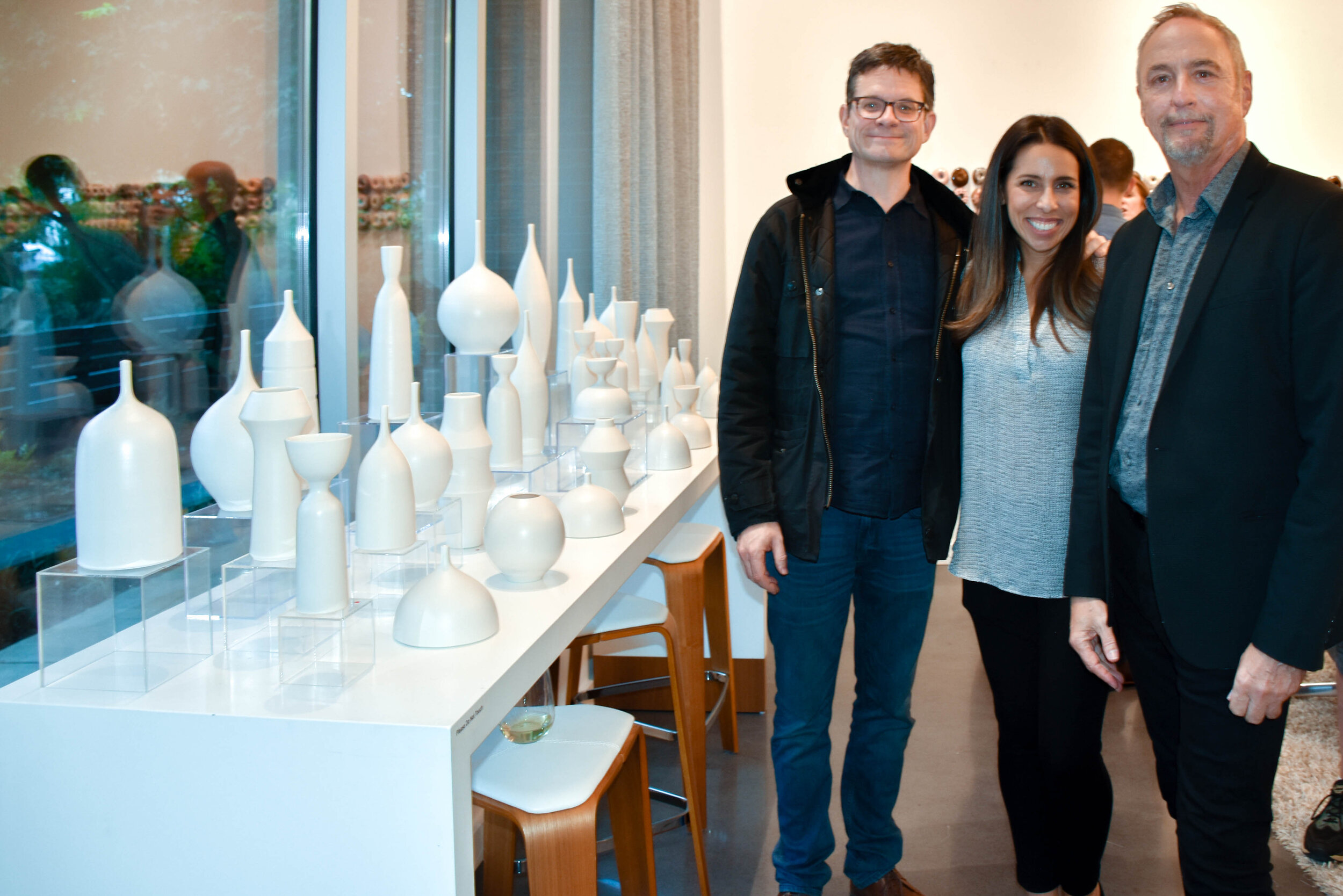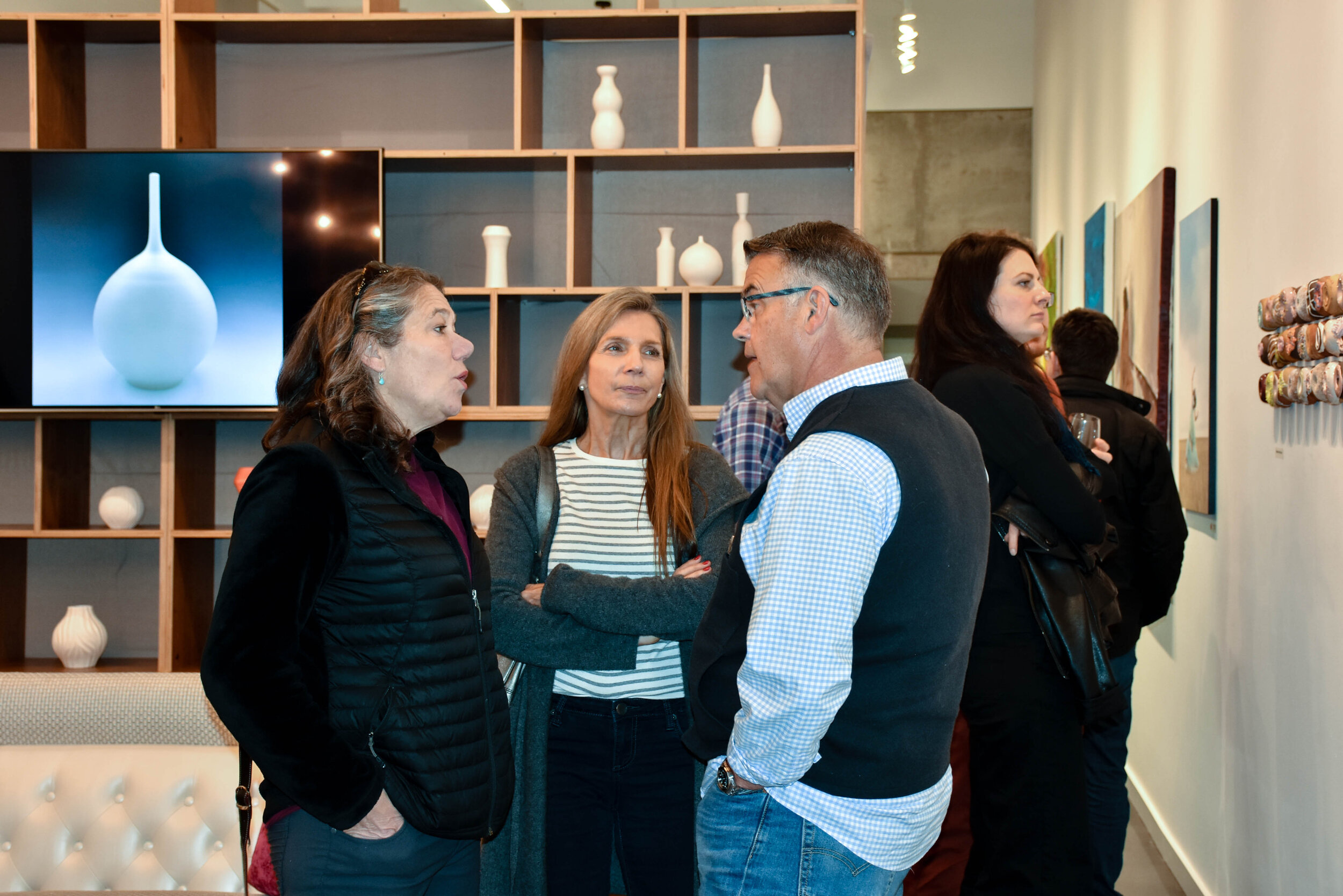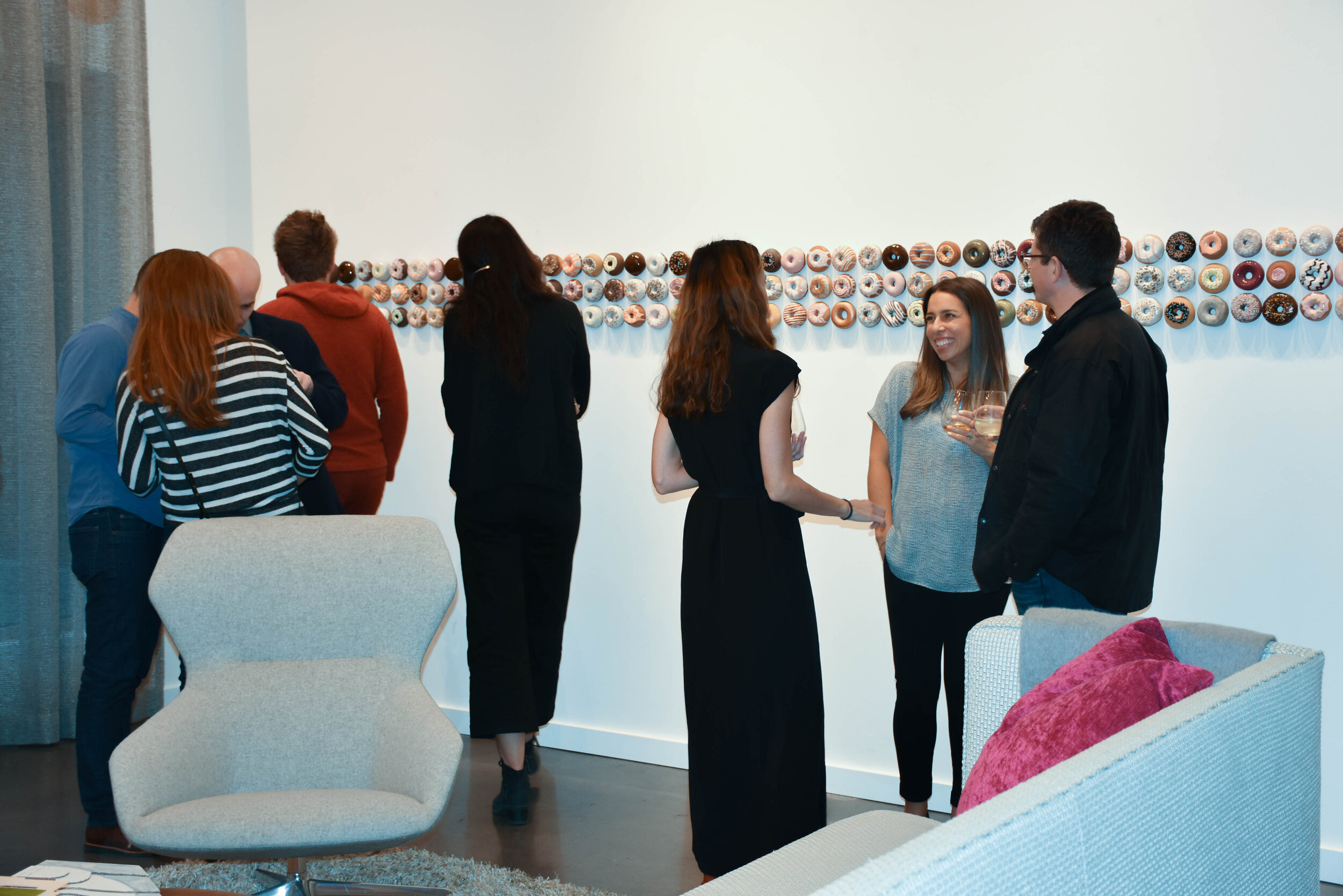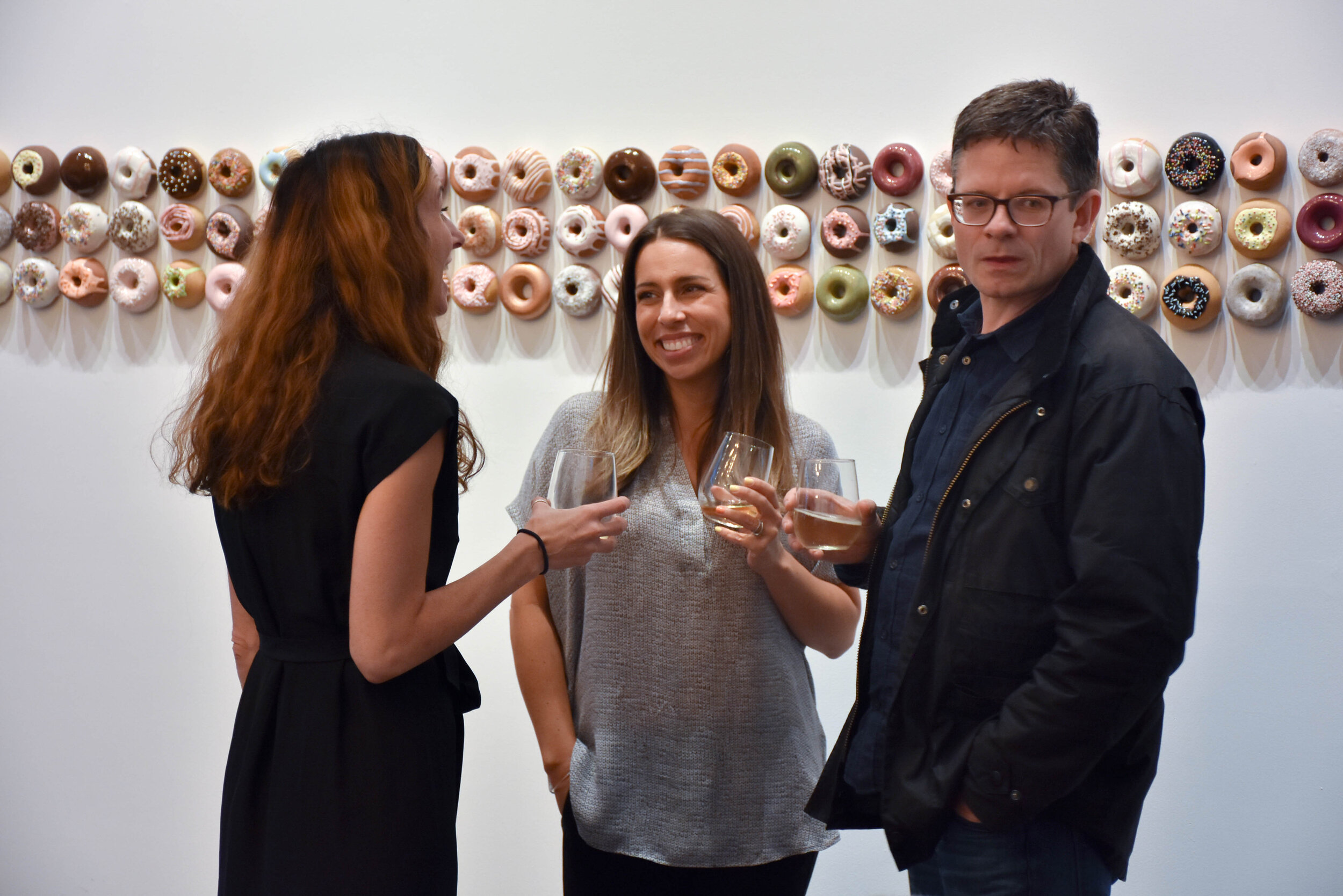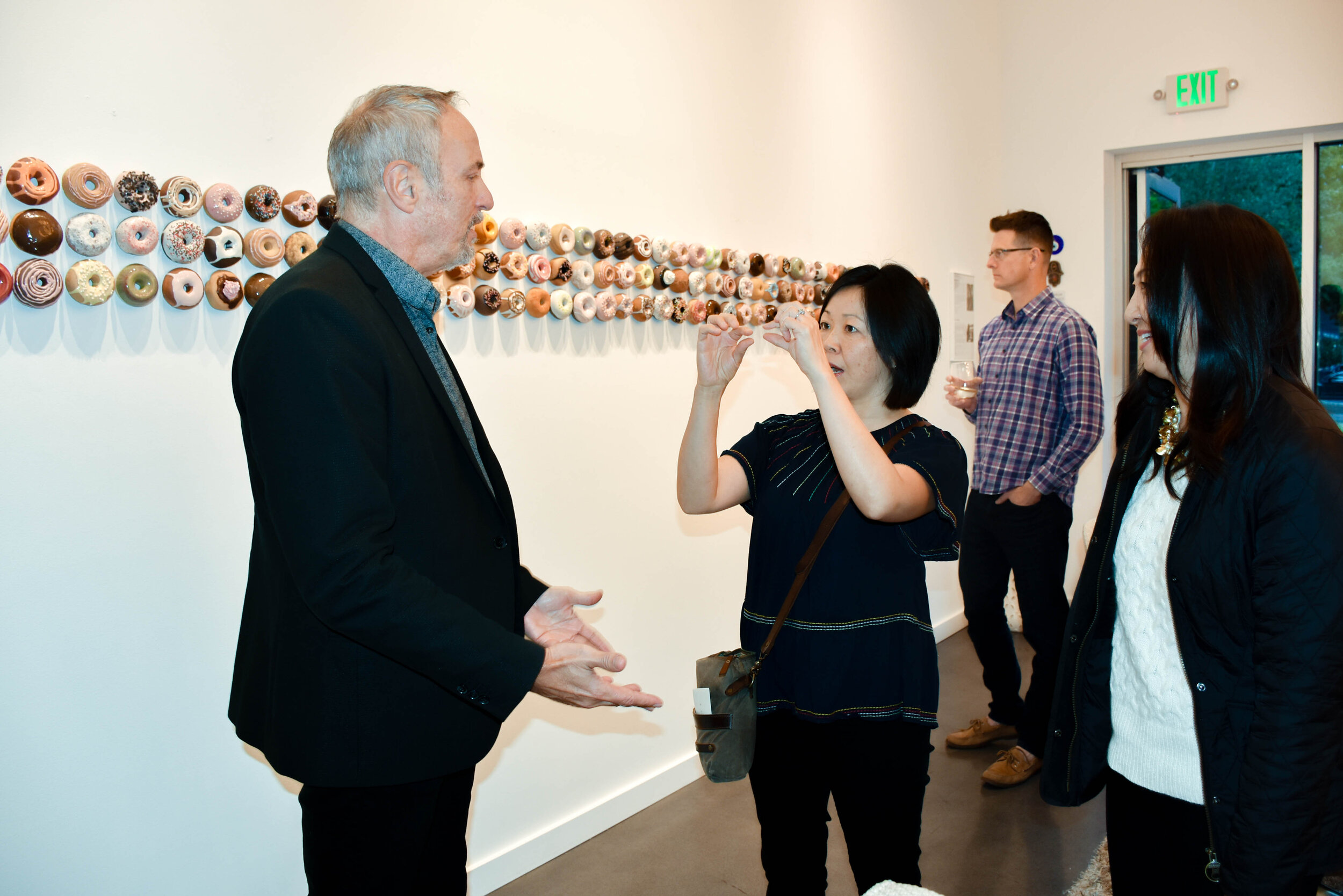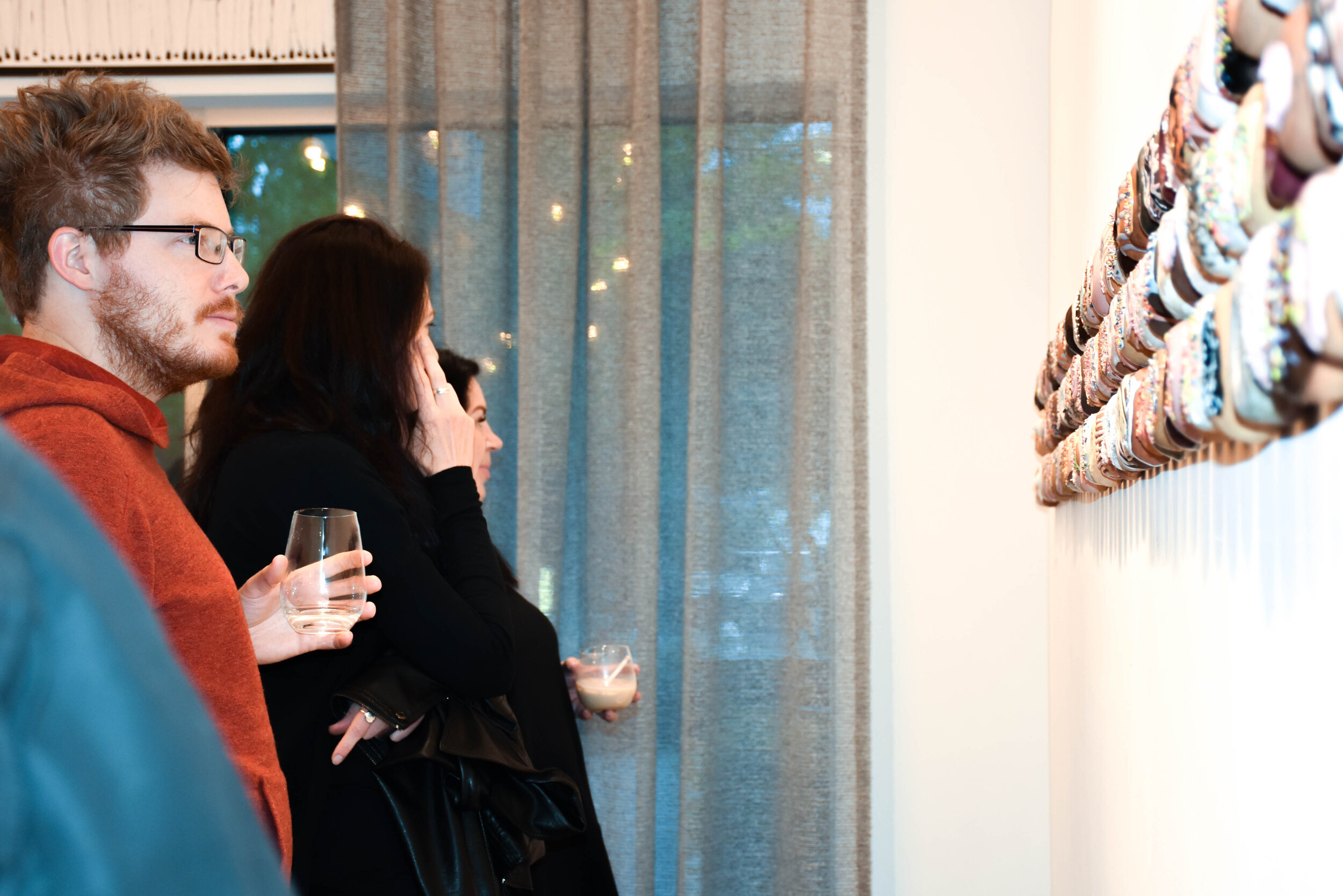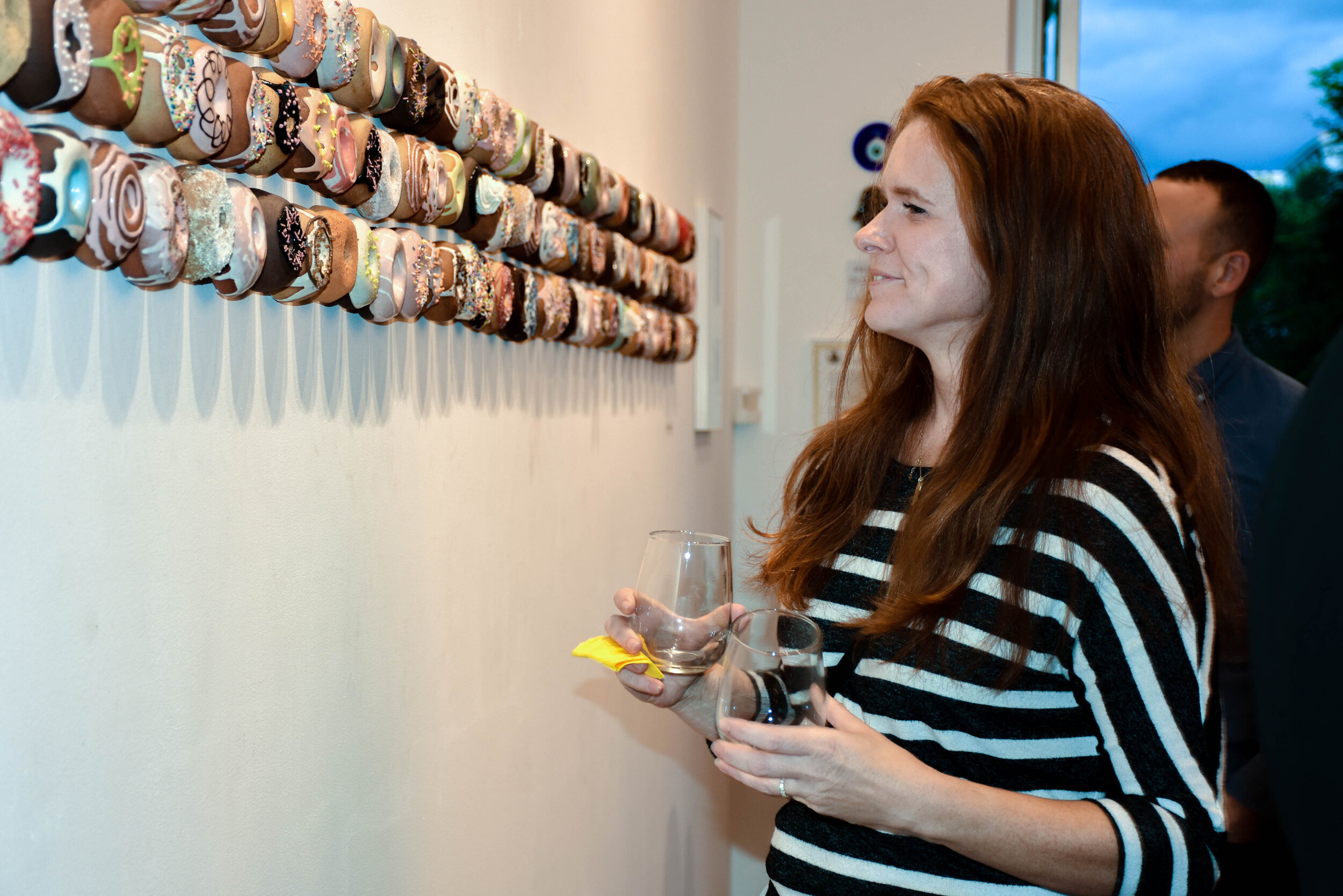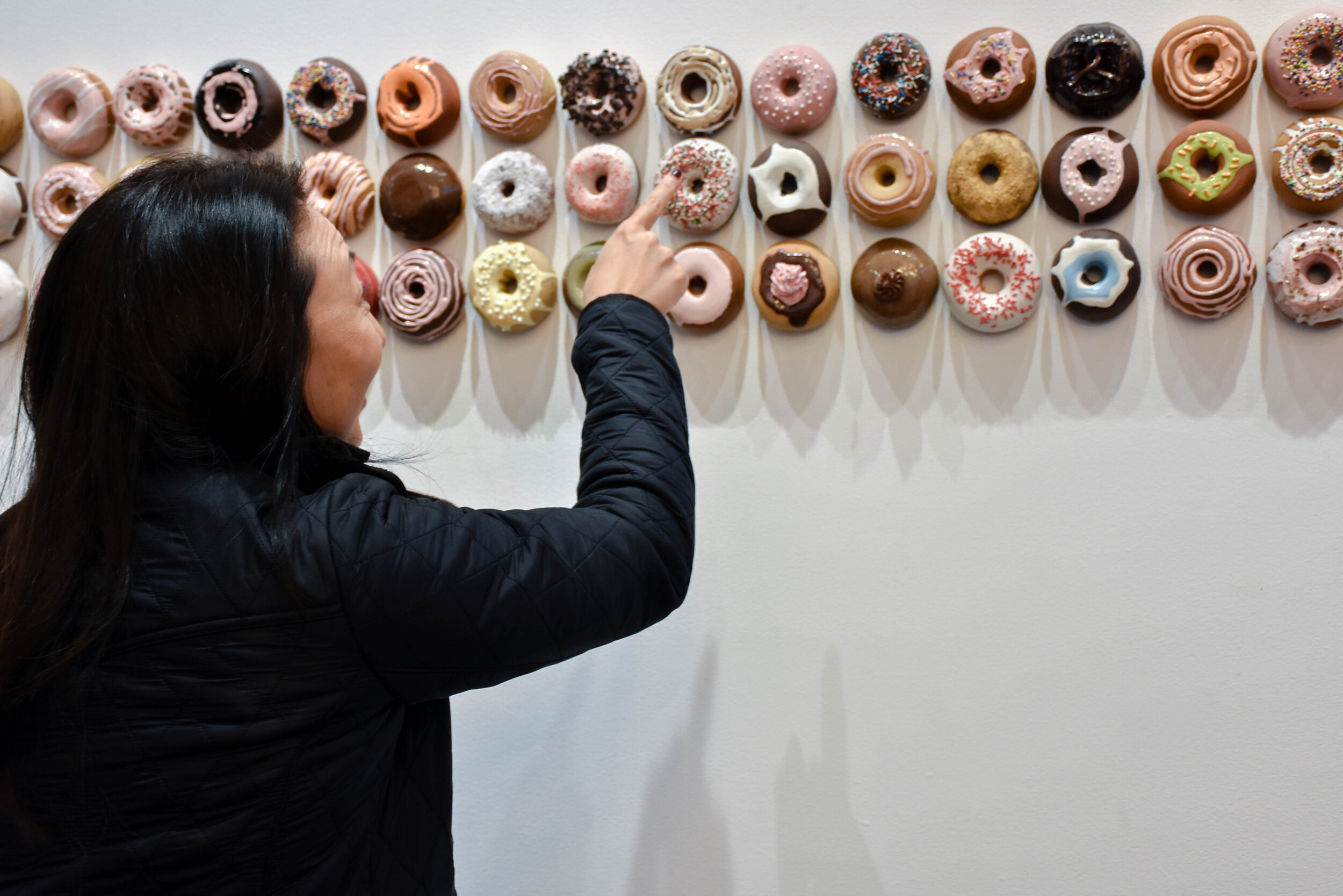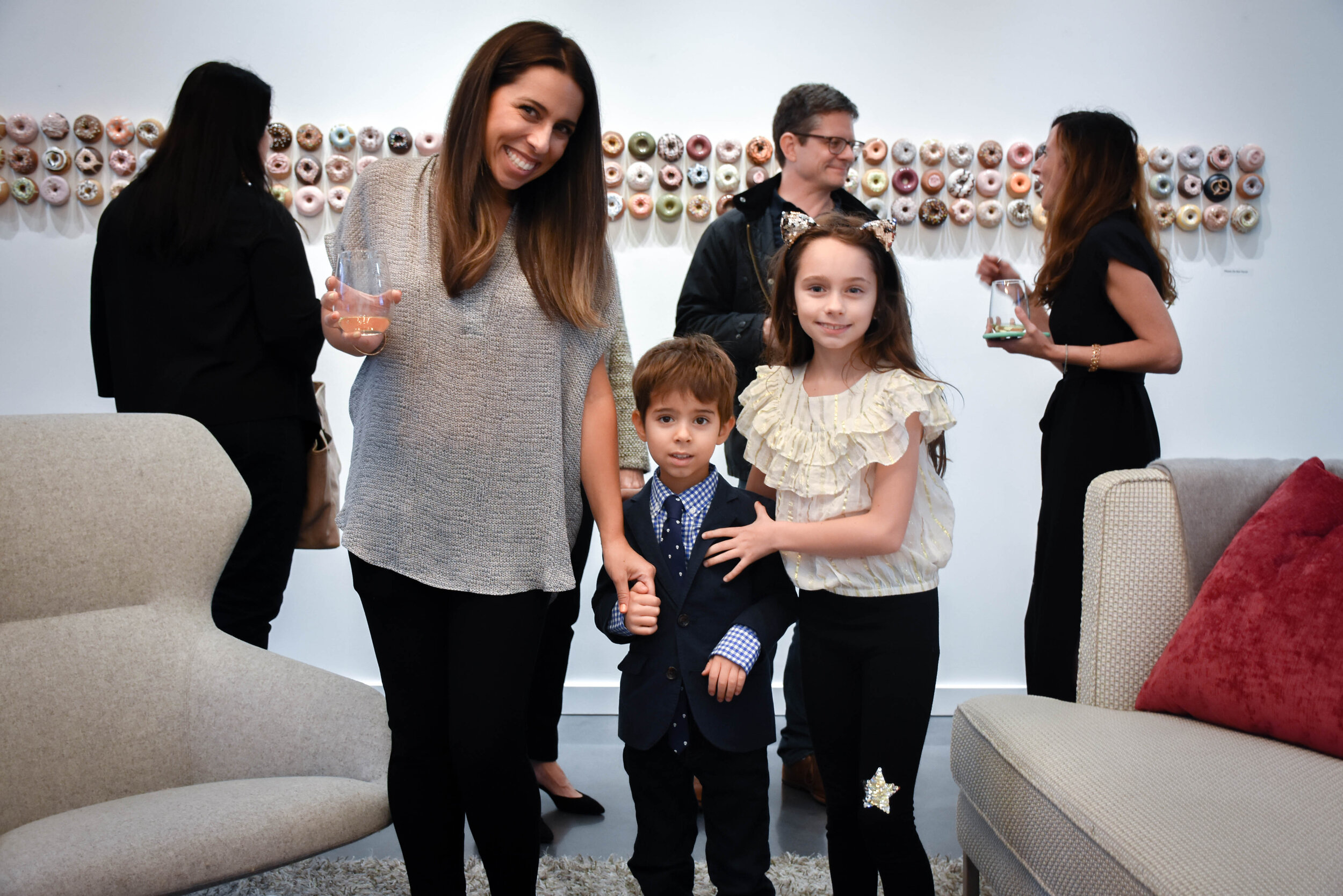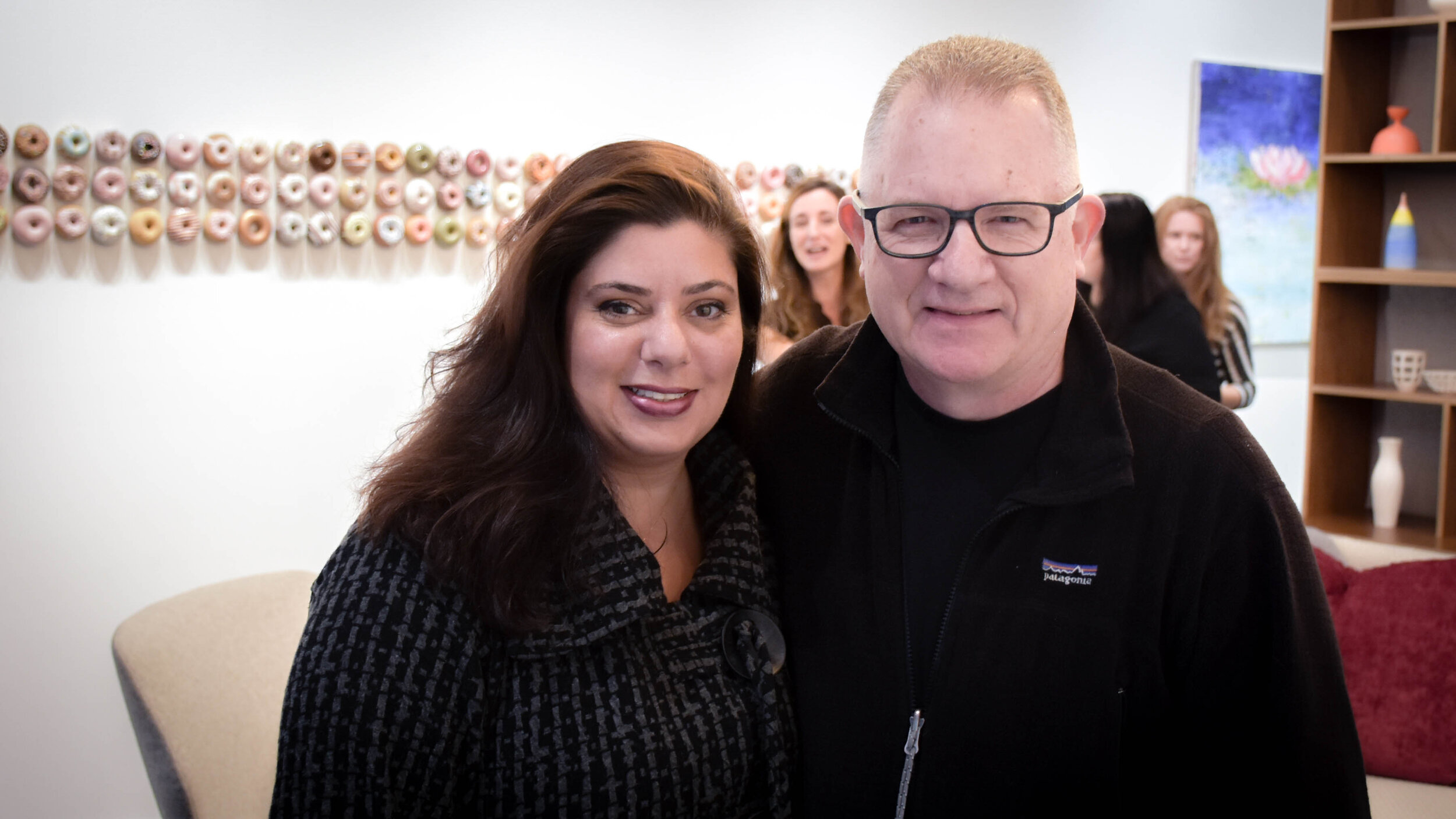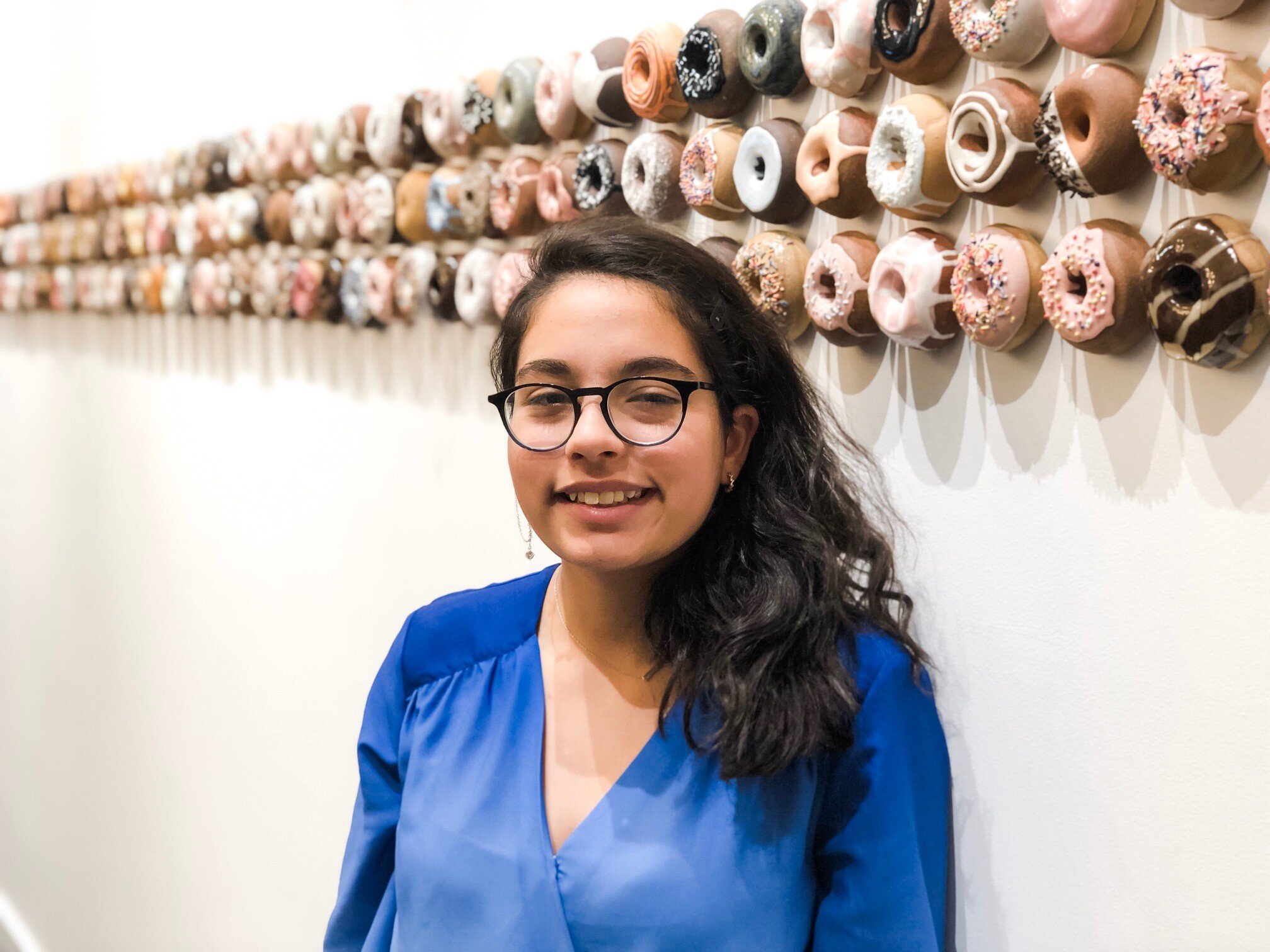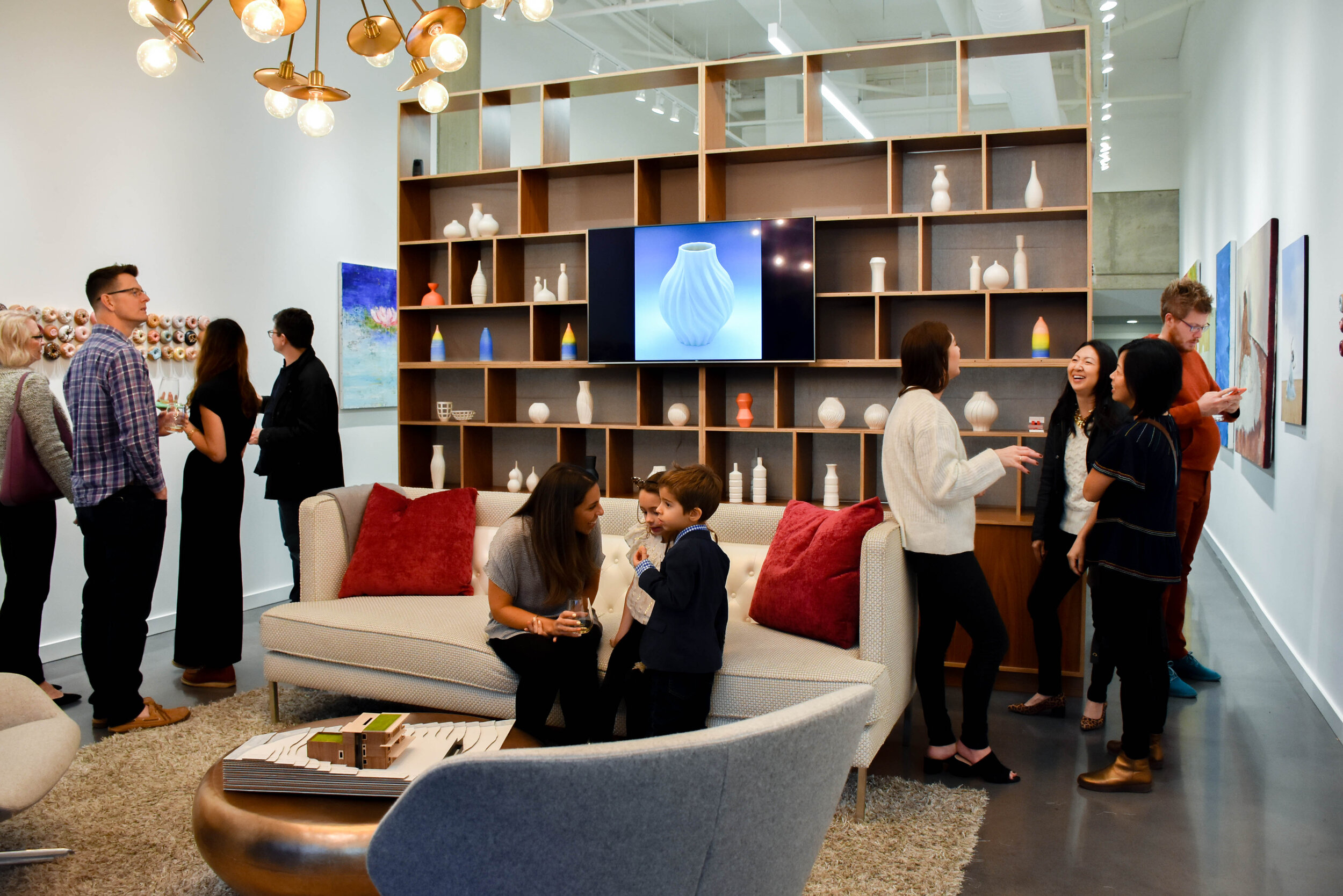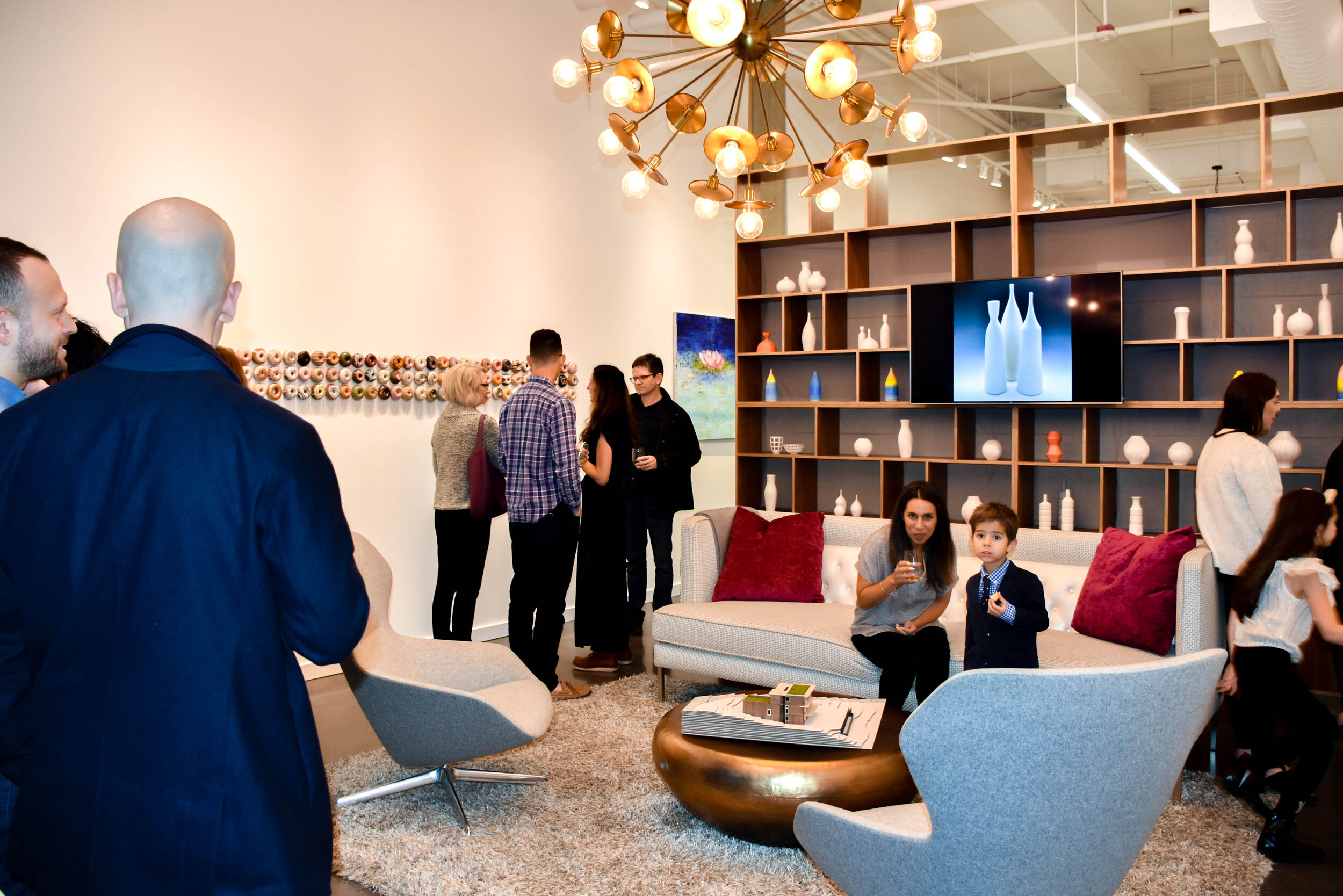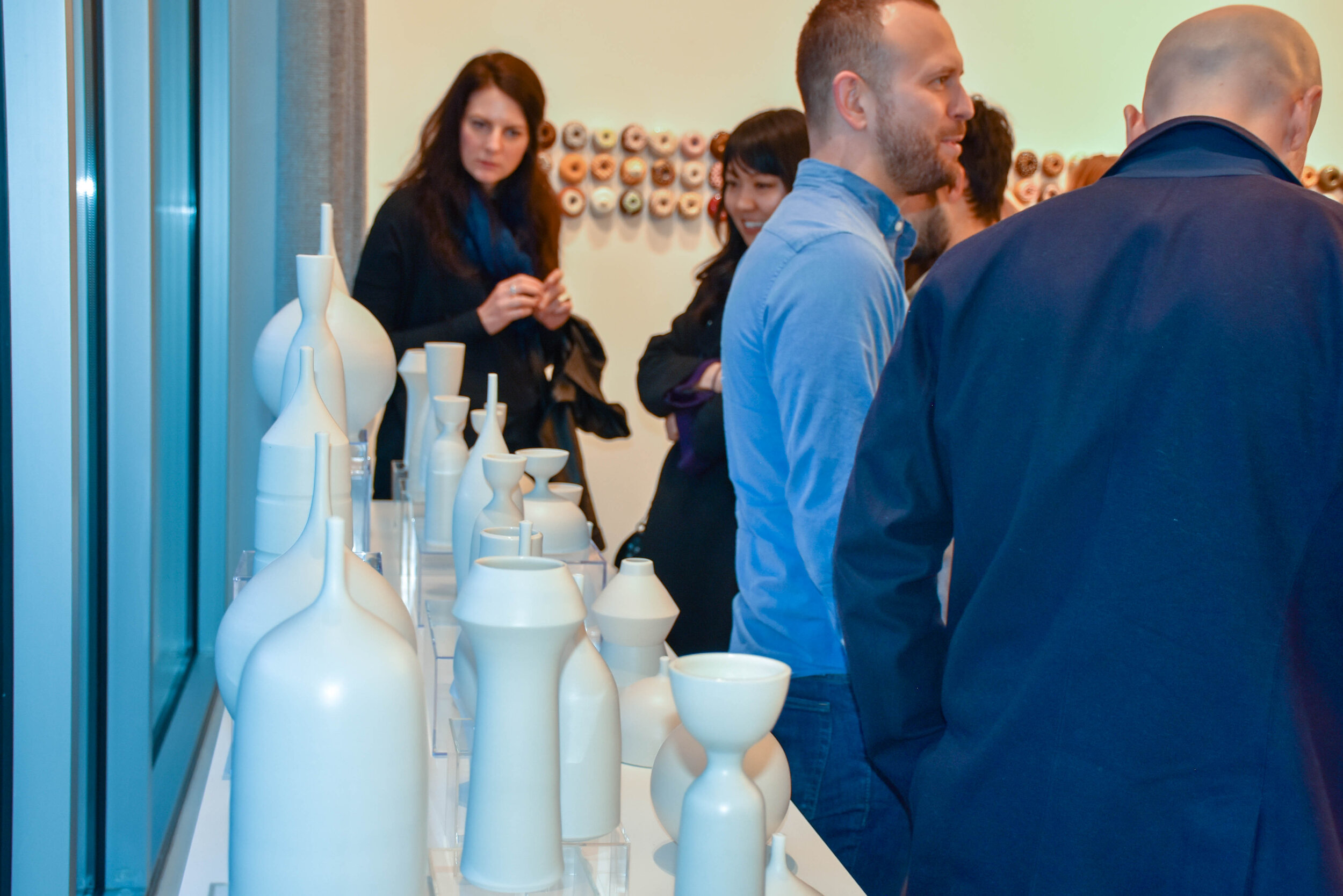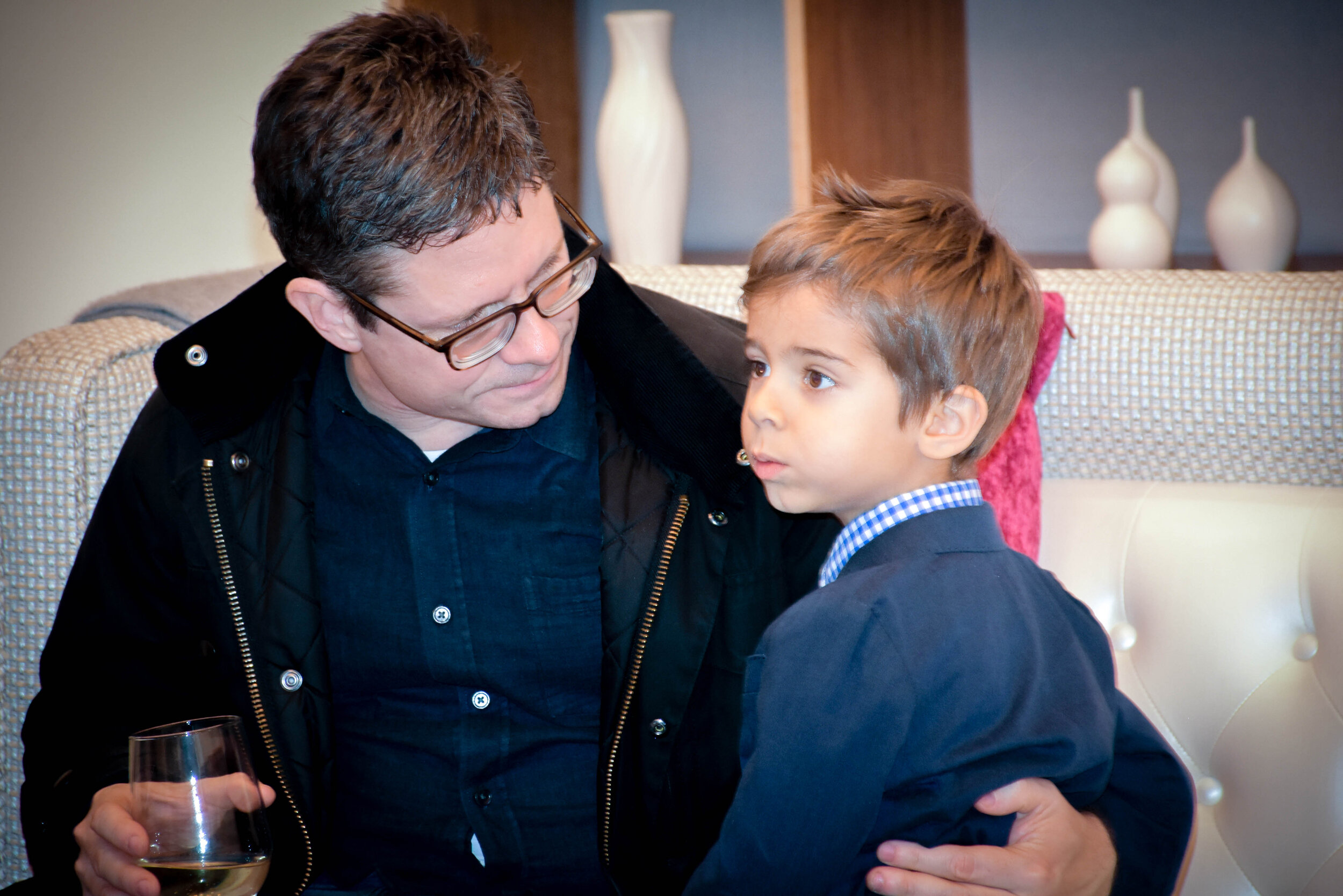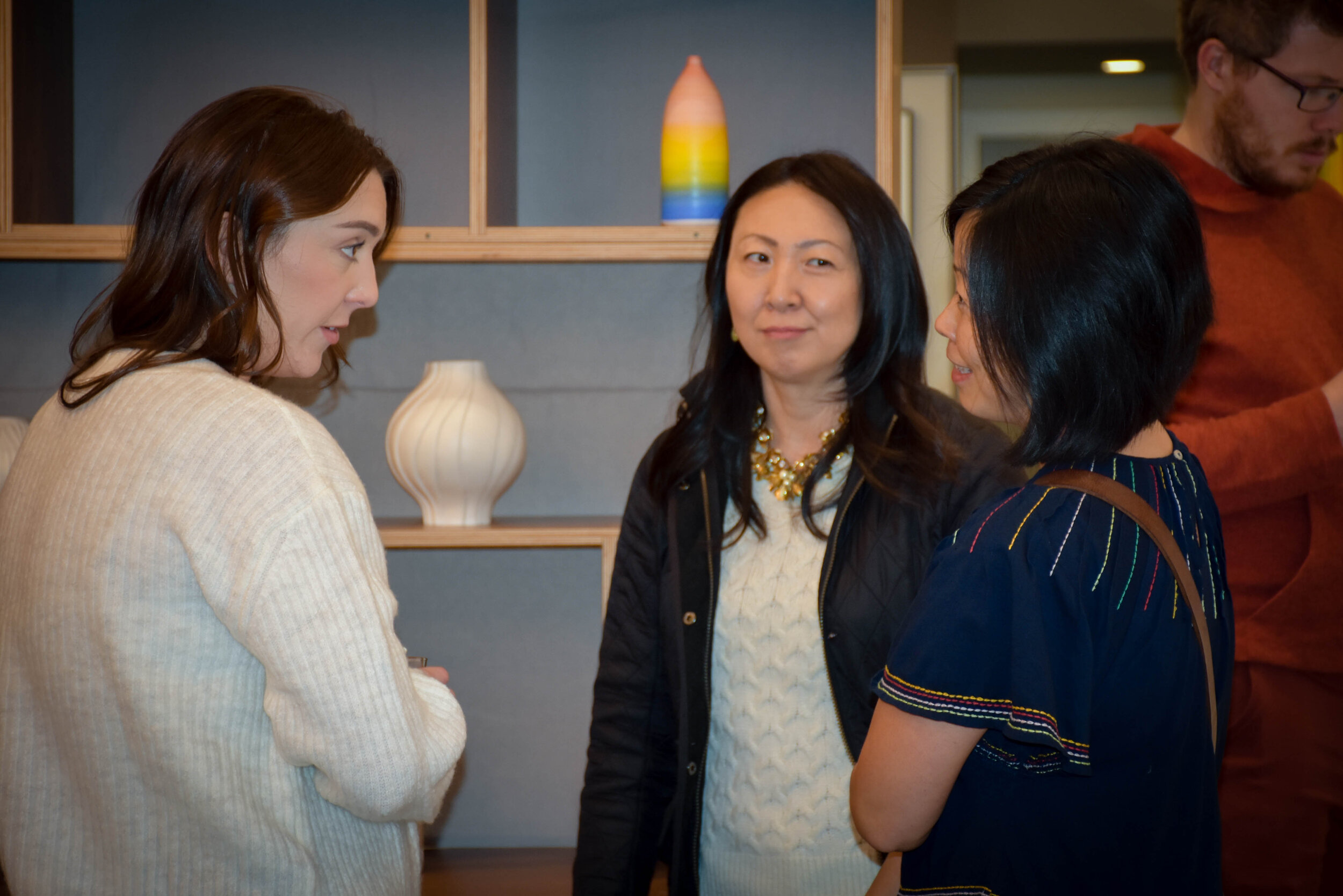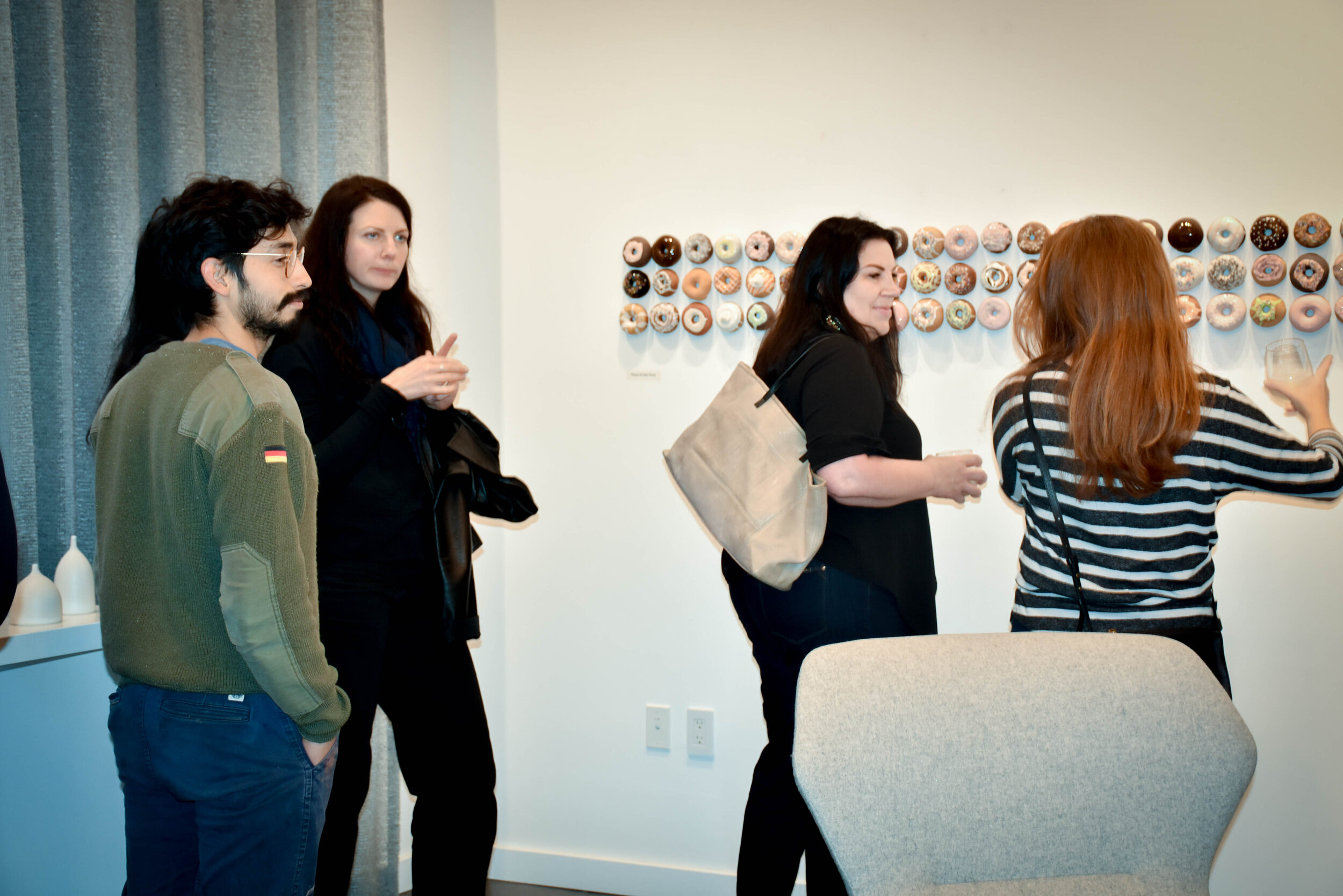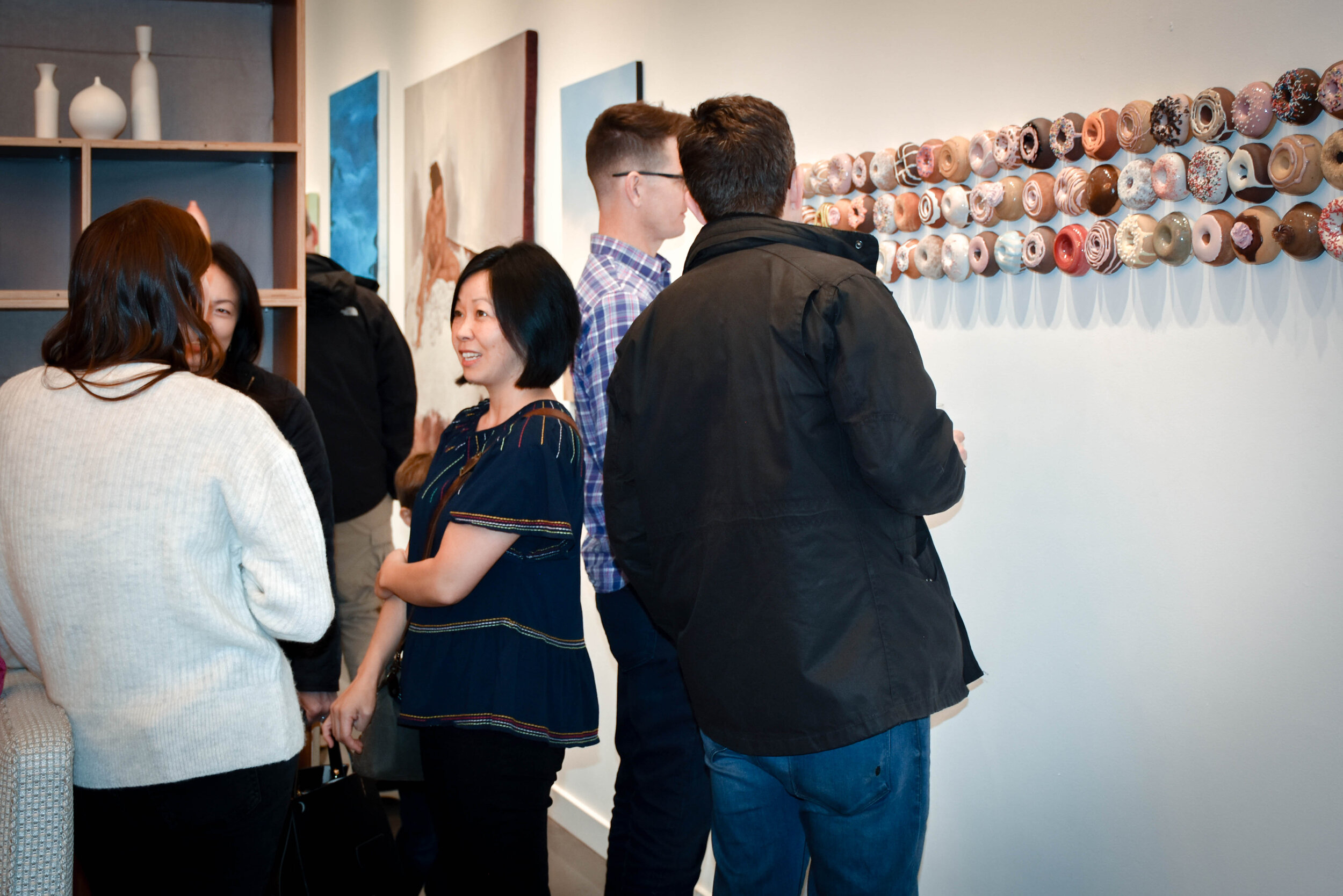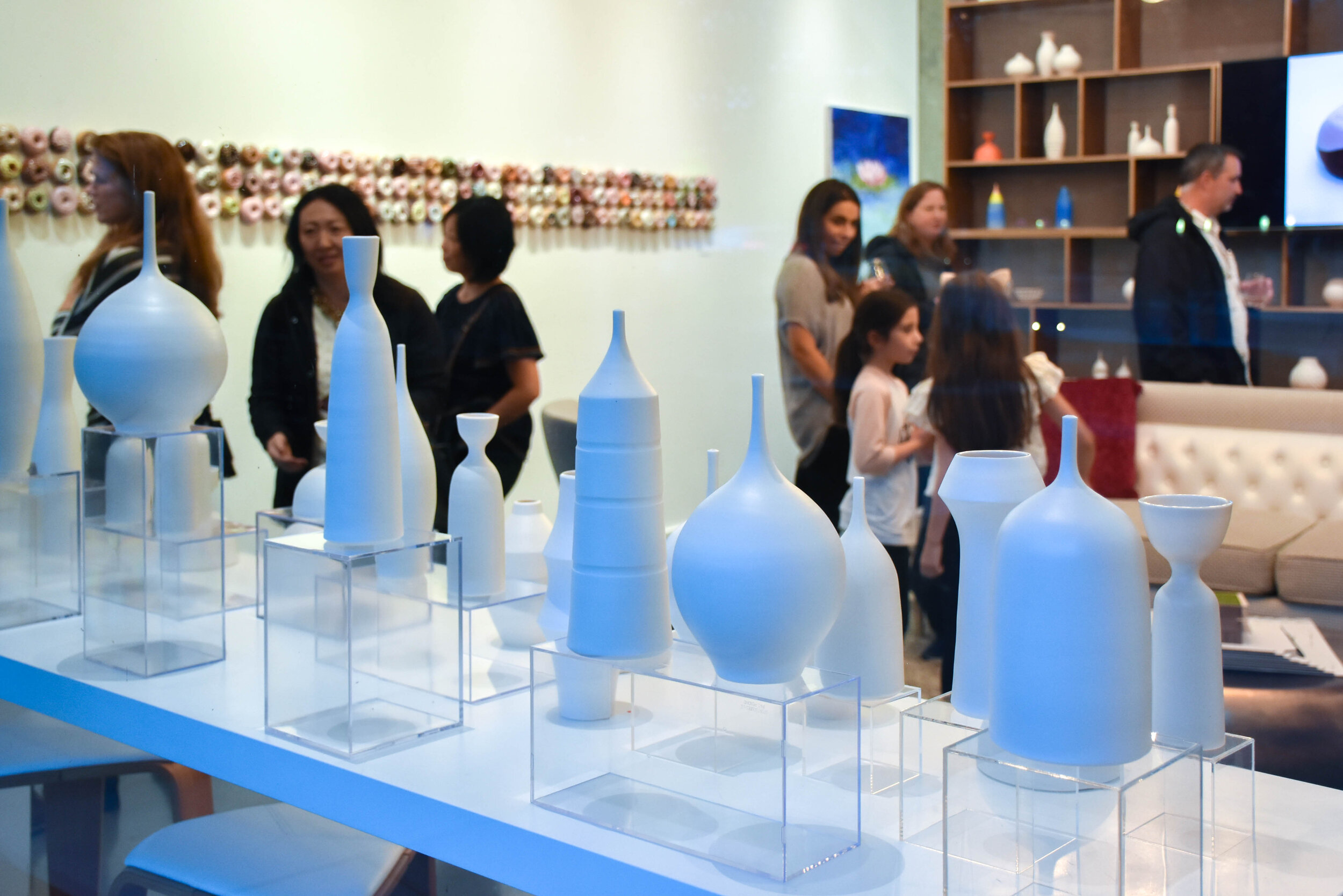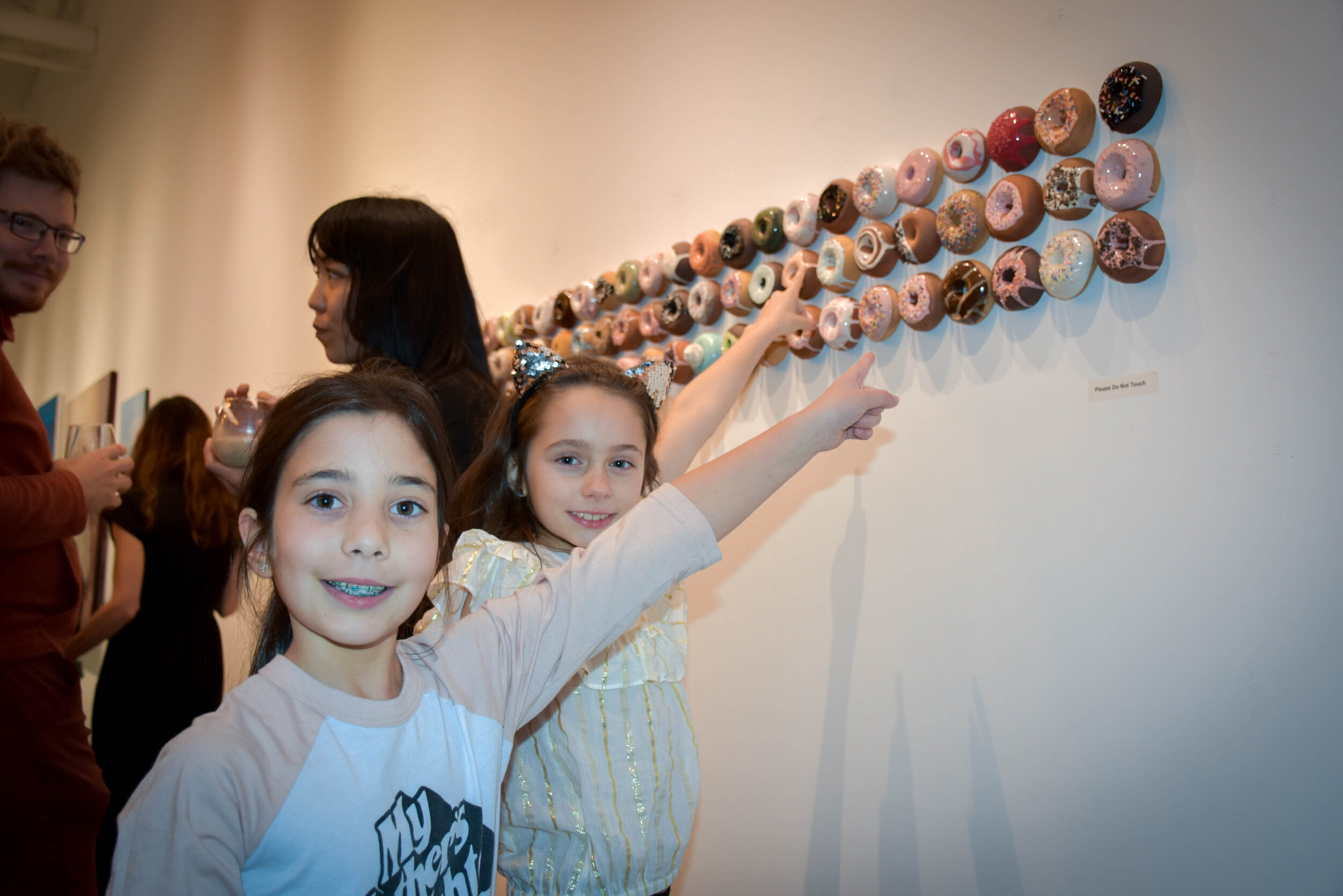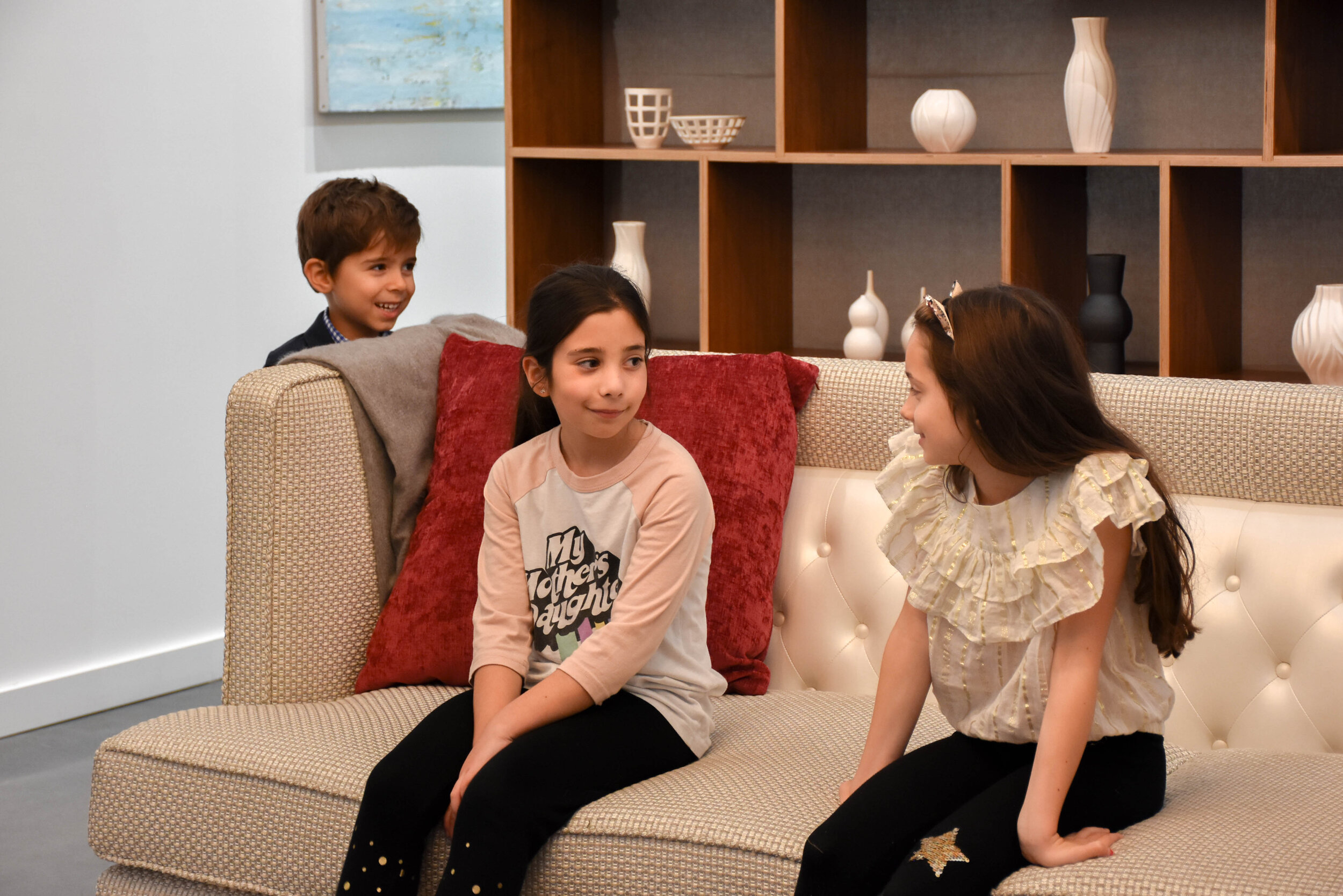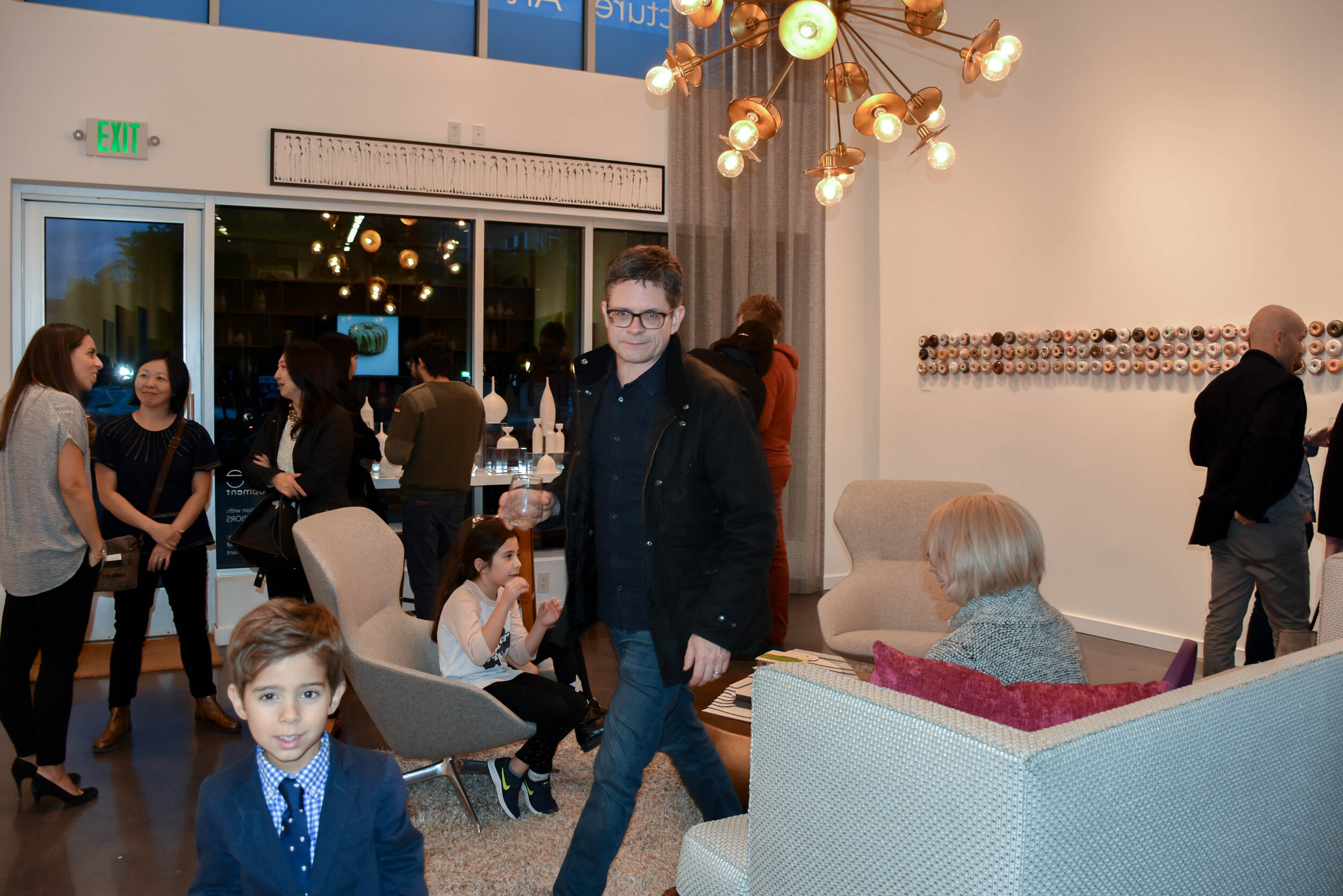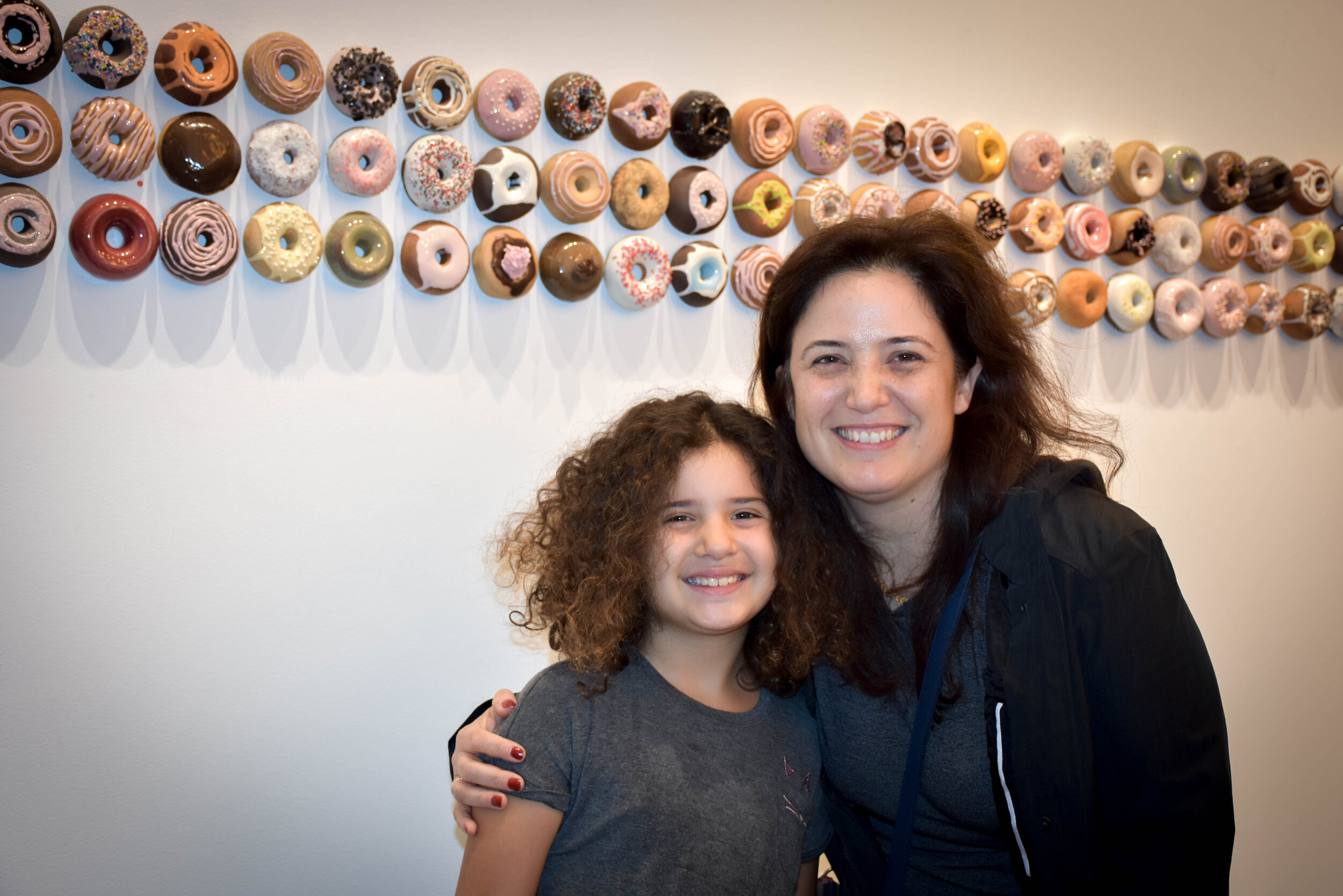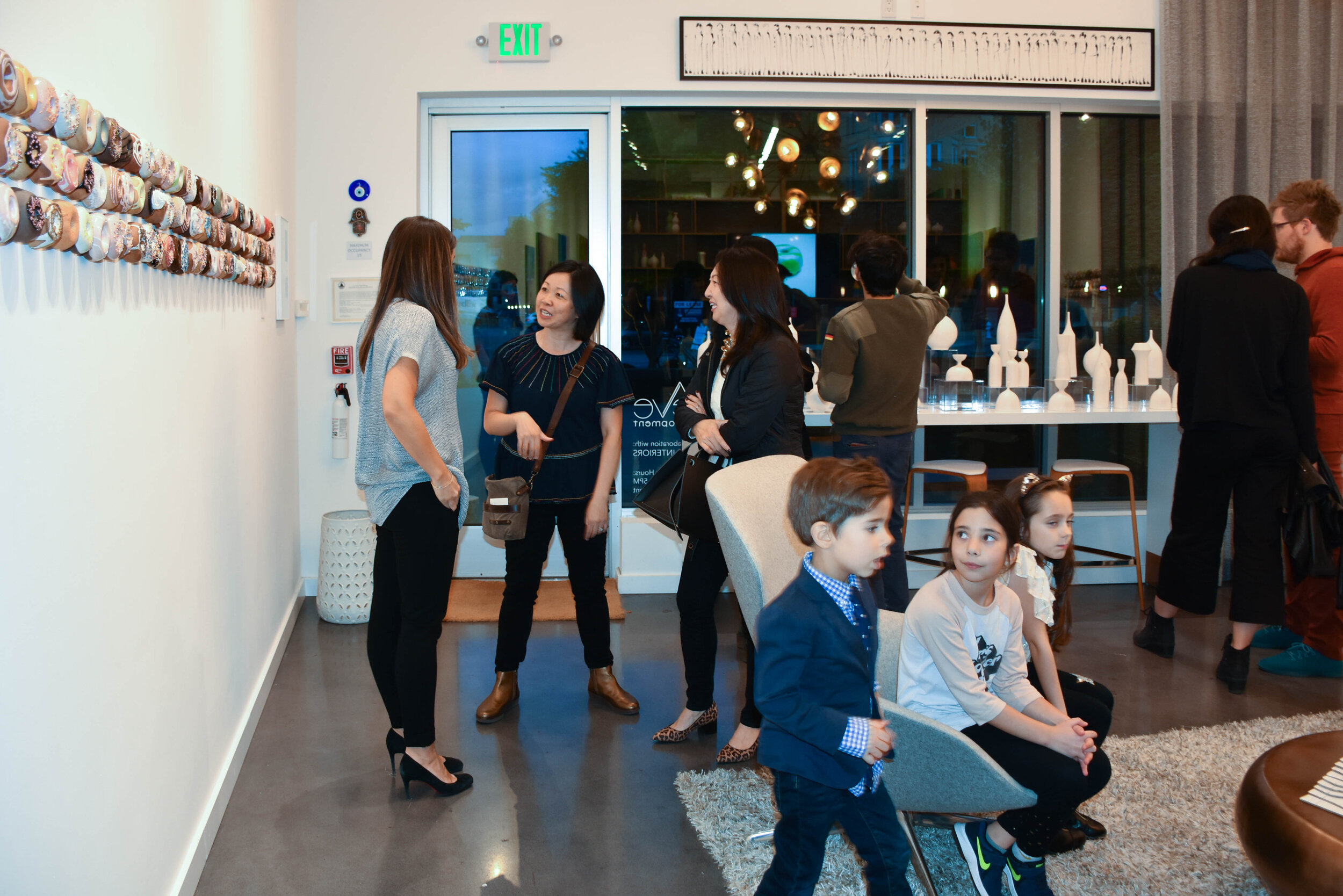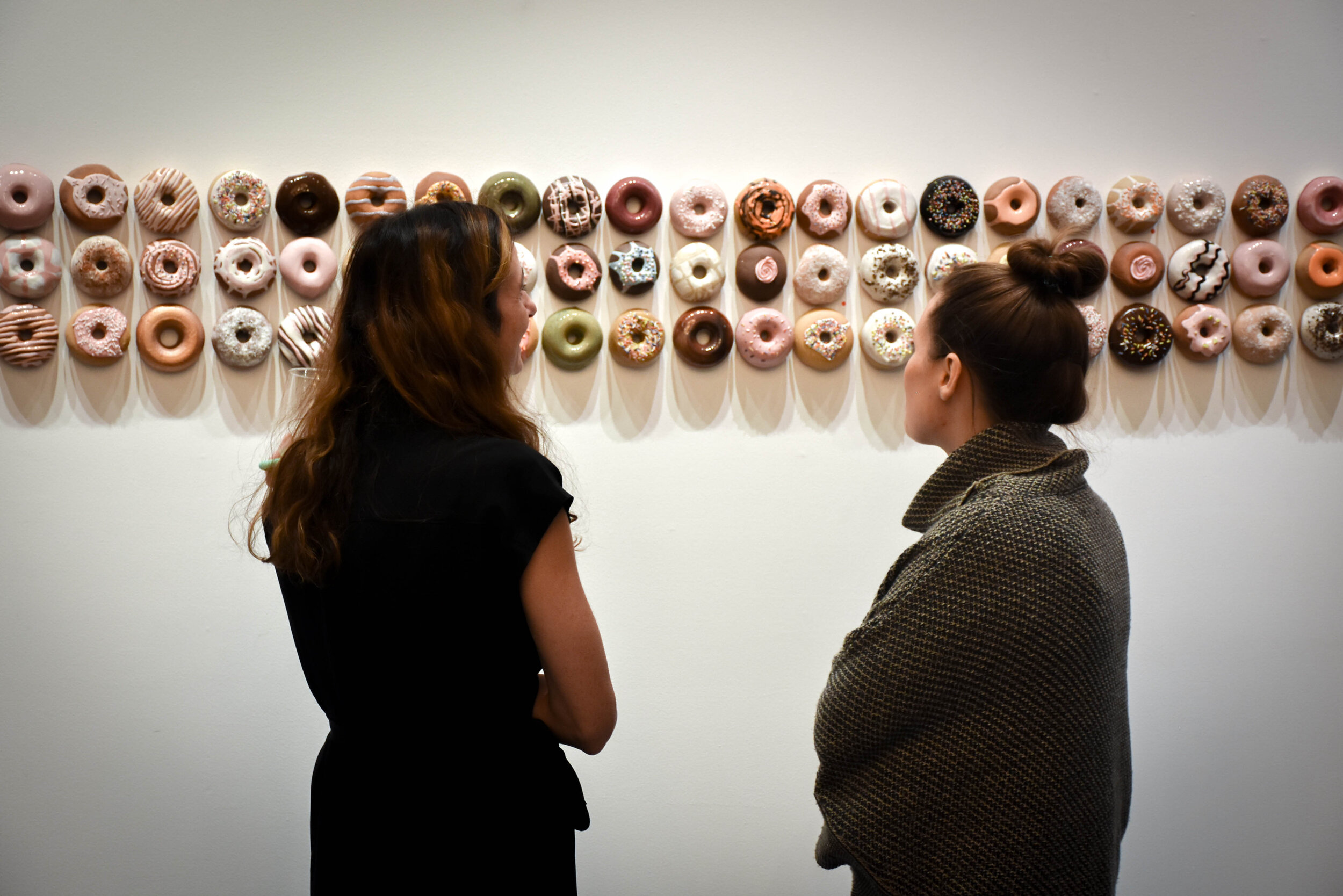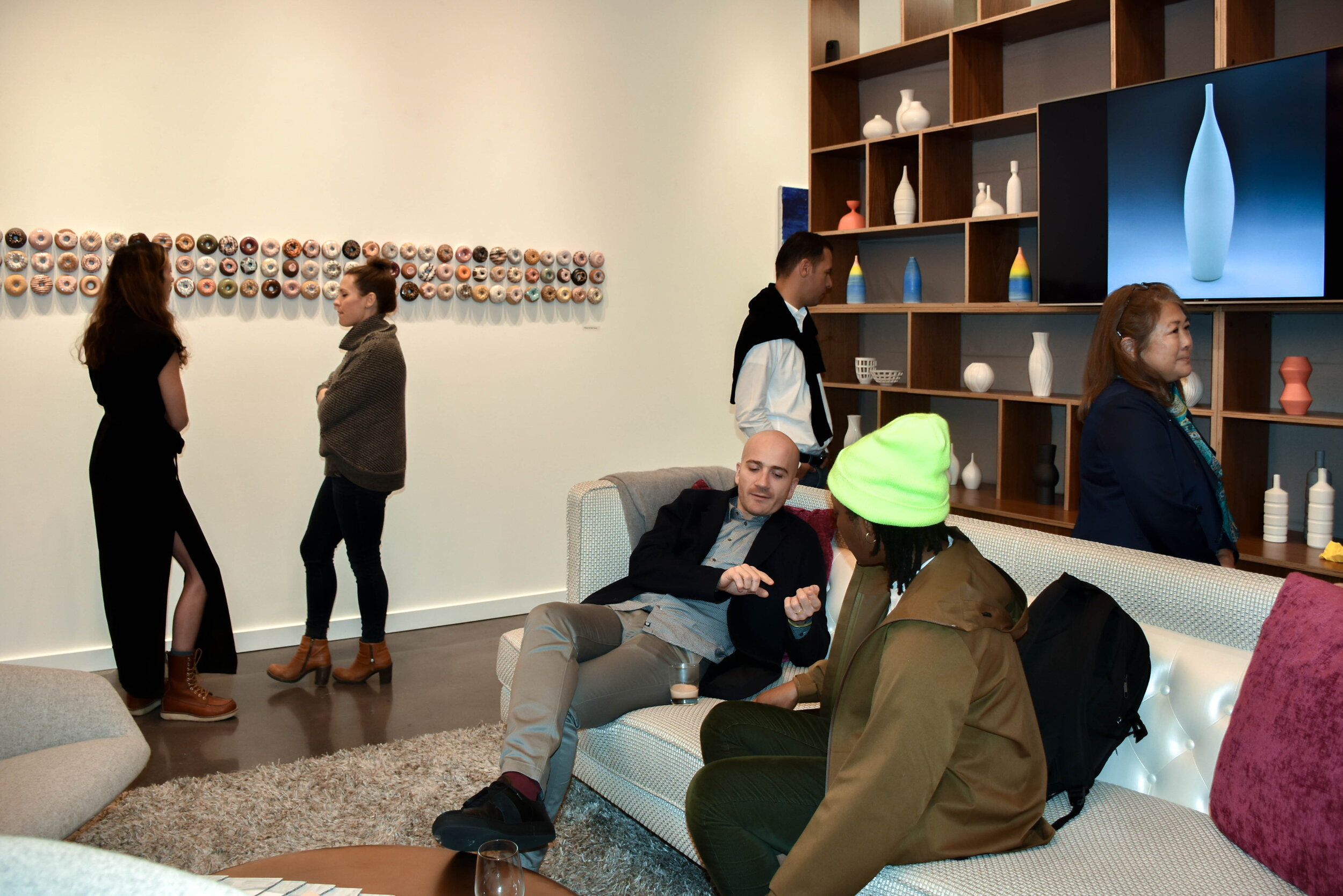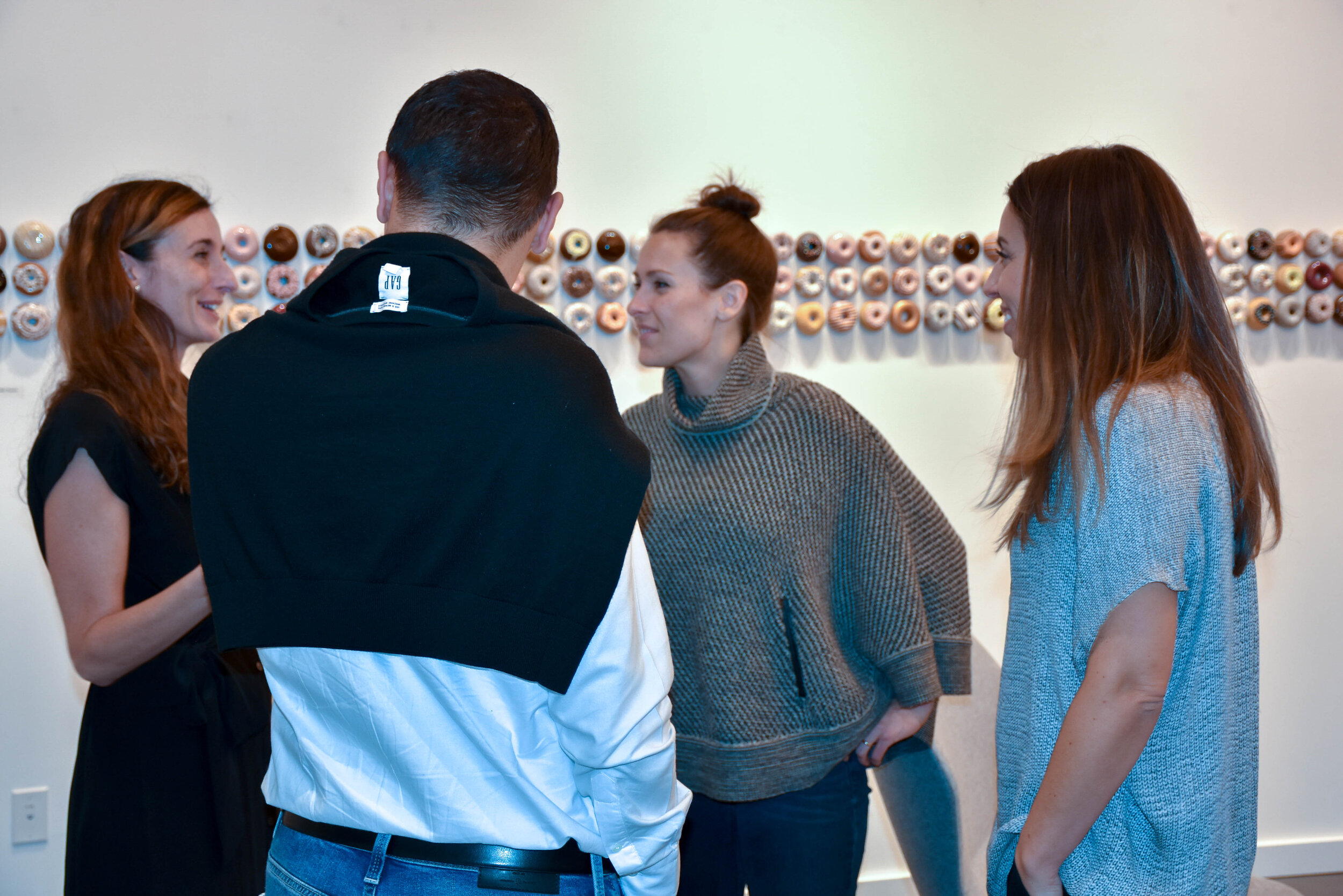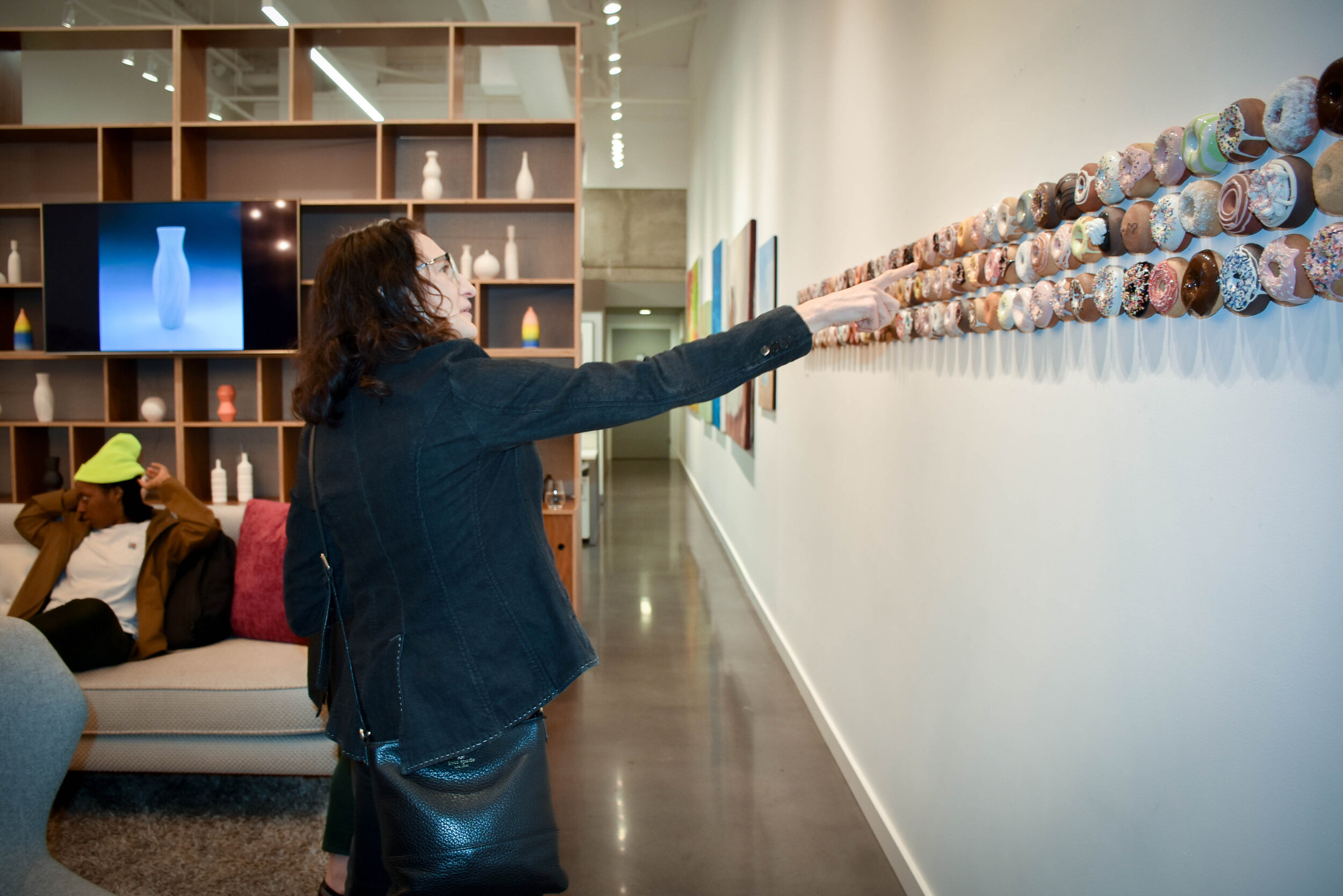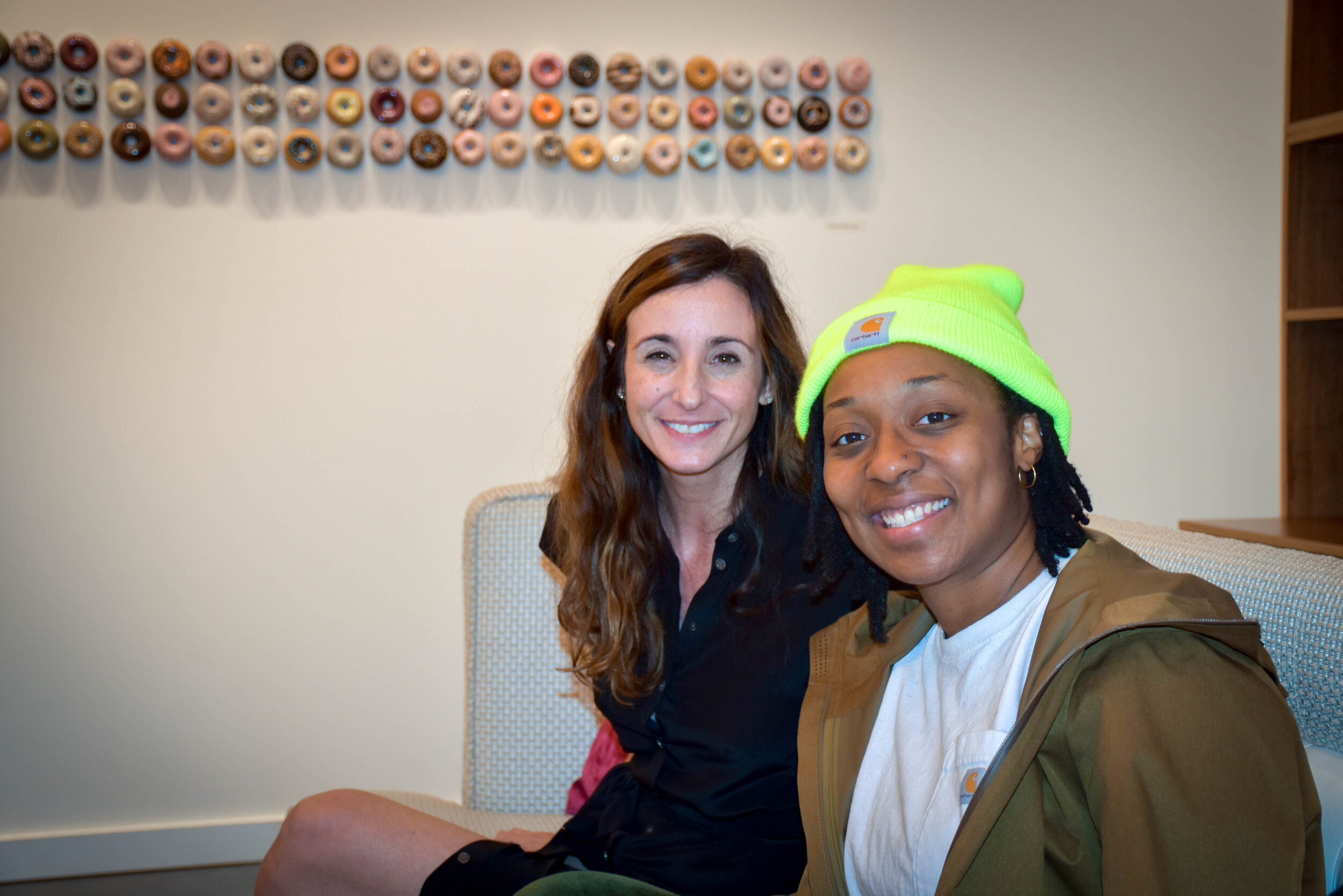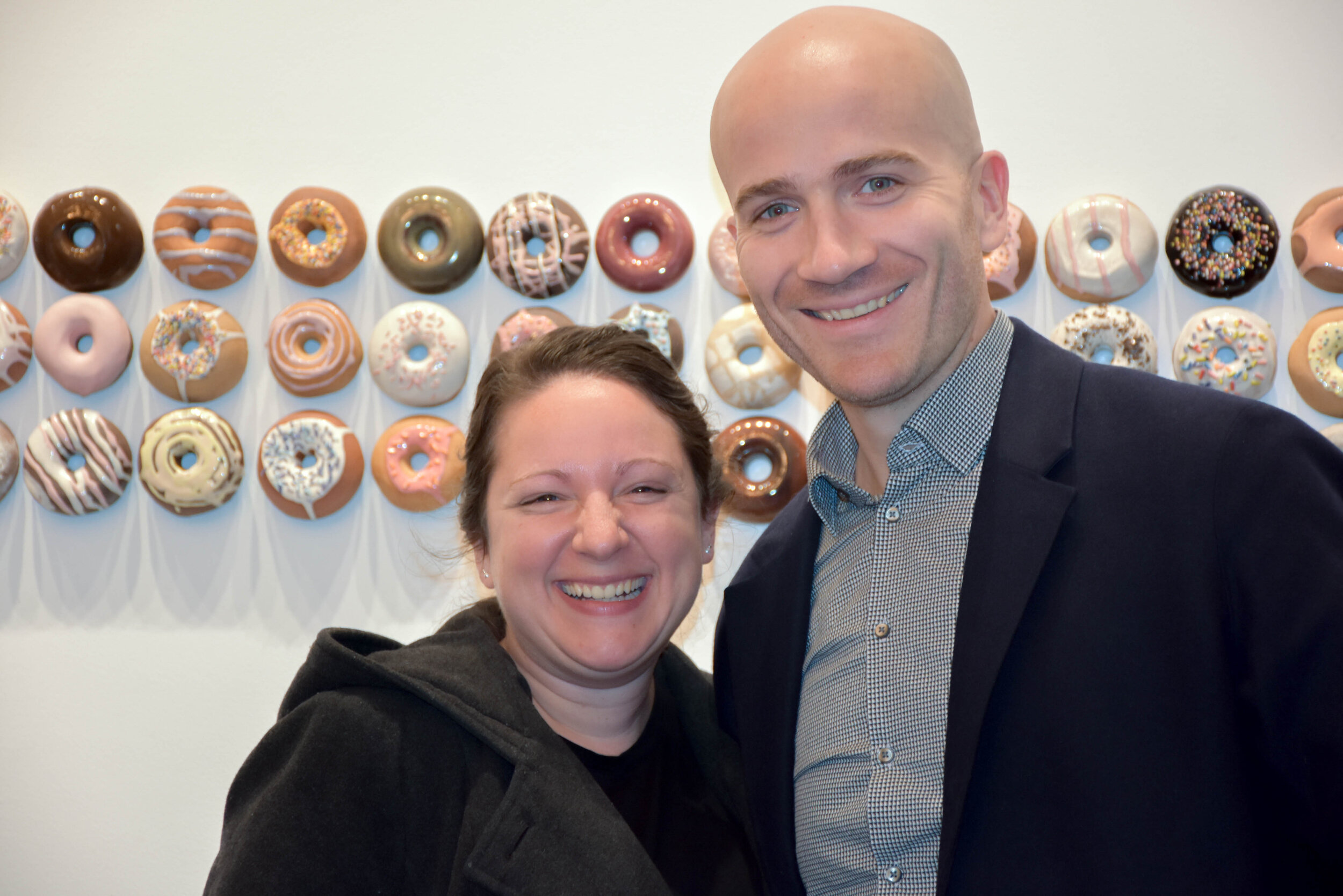Minimal Porcelain Vessels | Stoneware & Porcelain Donuts
10.14.19 - 11.25.19
Art Opening & Artist’s Reception: Friday, October 4, 5-8pm
Art & Wine: Friday, November 1, 5-8pm
Michelle Williams.
Michelle Williams is a Seattle-based ceramic artist. Working exclusively in wheel-thrown porcelain, she makes minimalist vessels, drawing inspiration from her prior experience as a curator of 20th century art and interior designer. Her work is often shown in groups, and can be read as built landscapes or anthropomorphic ceramic communities. Despite the visual simplicity of her work, her process is intricate and quite labor intensive, employing multiple rounds of firing, sanding, and smoothing to achieve a finished surface that invites touch and physical engagement.
Michelle’s work has been shown throughout the Pacific Northwest, and she has been recognized by Ceramic Review as an emerging artist to watch. She received her B.A. in Fine Art from Claremont McKenna College and her M.A. in Art History from the University of Southern California. Before becoming a full-time ceramist she worked at The Broad Art Foundation and the Los Angeles County Museum of Art (LACMA).
www.michellewilliamsceramics.com
IG: @michellewilliamsceramics
Catherine McMillan.
Catherine McMillan is a full-time creator living and working in Seattle. Originally from Hamilton, Canada, she holds a Bachelors degree in Nutritional Sciences and a Masters degree in Neuroscience. Catherine is a stencil artist, exhibiting her paintings internationally, while dabbling in donuts on the side. The current exhibit explores the ability of many small things to overwhelm. She is a social introvert, a published author, and her favorite color is red.
About donuts… Each starting as a lump of clay, this donut series was motivated by the allure of covering a large area with the repetition of a simple, almost universally recognizable object, each with its own intricacies and flaws.
Donuts consist entirely of clay, underglaze, and glaze. Each one is hand-thrown on a pottery wheel, followed by 1 week of drying time in a humidity-controlled room. Each piece is detailed by hand and fired twice at over 1200°C.
Every piece is unique and made with love.
Q&A with Michelle & Catherine - enjoy!
Why do you do what you do?
Michelle: Because I love it. I find the process of making ceramics calming, endlessly interesting, and unbelievably fun. I also enjoy having the opportunity to make things that people bring into their homes and their lives. We live in a world with fewer and fewer handmade objects, and the connection people develop with the work is quite inspiring to me.
Catherine: I approach each project as an experiment (or series of experiments). I am curious about materials, techniques, chemistry, and of course aesthetic results and viewer response.
How do you work?
Michelle: I usually work in series, honing an idea or a form by making it many, many, many times. I started making narrow bottles with long necks in 2009. It’s still the form I make most frequently. I keep saying once I make the perfect bottle, I’ll move on.
Catherine: Prolifically, efficiently, a bit chaotic.
What’s your educational background and how does it influence your work?
Michelle: I have a BA in Fine Arts from Claremont McKenna College and a MA in Art History from the University of Southern California. After receiving my MA I worked as a curator, and was able to be around tremendous contemporary artwork on a daily basis. I think this experience honed my aesthetic sensibility, and made me more aware of the factors that influence how a work of art is perceived.
Catherine: BSc in nutritional sciences, MSc in neuroscience. My training has taught me to use my results (whether aesthetic or otherwise) to propel forward and continually learn. I always have my next 5-10 projects lined up or already started. I owe this to being taught how to stagger things like crazy.
What role does the artist have in society?
Michelle: Artists reflect the world around them, hopefully offering insight and inspiration.
Catherine: The artist’s role in society is to inspire others to think or act or explore and to evoke some kind of emotion.
How has your practice changed over time?
Michelle: It’s become even more of what it has always been – iterative, reductive, and probably more than a bit obsessive.
Catherine: My practice has gone from being entirely paintings to almost entirely ceramics in the past year.
What art do you most identify with?
Michelle: I am always inspired by Eva Zeisel’s work. She brings a more feminine, natural sensibility to minimalist forms in a very unique way.
Catherine: Realism, detail, beautiful things that were made by using unpredictable techniques and materials.
What work do you most enjoying doing?
Michelle: I love throwing on the wheel and carving – especially those first few lines.
Catherine: This changes frequently. Right now I’ve been making molds of fruits and slip casting them in porcelain.
Describe a real-life situation that inspired you?
Michelle: I often find inspiration in nature, especially in my garden. Since moving to Seattle I’ve become much more interested in plant life, and the shapes of leaves, or the way the light hits a particular plant can be the impetus for a new series.
Catherine: My father passed away in 2014. His death inspired me to honor this life every day and to do those things that are calling me and to do them now.
What jobs have you done other than being an artist?
Michelle: I’ve had a range of jobs, most of them in the art world. They’ve ranged from helping with the acquisition of multi-million dollar art works to cleaning antique horse saddles with a Q-tip.
Catherine: So many! I’ve been a receptionist, a coat check girl, city park grass cutter, bartender, human anatomy TA, waitress, lab assistant, but my favourite gig for 10 years was a grant writer and clinical researcher at a hospital.
What is an artistic outlook on life?
Michelle: I think finding the beauty (or at least the aesthetic interest) in the world around us is a start.
Catherine: I’m not sure. Free the mind! Be kind to yourself. Do your ideas.
What memorable responses have you had to your work?
Catherine: The first time I showed my donuts was at an art fair in Toronto earlier this year and the response I got was intense and frenzied at times. I was so flattered but also fascinated because I heard the exact phrase: “this just makes me so happy” over and over again. I will never forget this. It is such a bonus to create something that sparks joy in another person and I will never take this for granted.
Is the artistic life lonely? What do you do to counteract it?
Michelle: I actually find a huge amount of connection though making work – with people in my studio, with clients who commission larger projects, and even through social media, which allows me to talk with and be inspired by artists all over the world.
Catherine: I am never lonely. I prefer being alone most of the time, although I do like to chat it up at the studio and text my friends and family at home daily.
What do you dislike about the art world?
Michelle: The implied superiority of commercially successful art.
Catherine: Fake clout.
What superpower would you have and why?
Michelle: The ability to manipulate time – either to stop it in a perfect moment, or to fast-forward through the boring parts.
Catherine: Flying so I could get in on the bird drama happening in my hood every morning.
What is your dream project?
Michelle: To fill a space entirely with my work, and to have the time to do it right.
Catherine: I will tell you if/when I’ve done it.
Name three artists you’d like to be compared to.
Michelle: Eva Zeisel, Lilith Rockett, or Judi Tavill.
Catherine: No one. I think Chloe Wise is cool though, so maybe her.
Favorite or most inspirational place?
Michelle: I love Spain and Portugal – the architecture, the beaches, and the food!
Catherine: Underwater.
What’s the best piece of advice you’ve been given?
Michelle: To always keep experimenting.
Catherine: Always be true to yourself.
Professionally, what’s your goal?
Michelle: I’d love to have a piece in a museum collection one day.
Catherine: Inspire others and learn how to measure this. Keep doing my ideas for as long as I can.
What wouldn’t you do without?
Michelle: I’m obsessed with my favorite tools. I get very particular about certain throwing ribs or carving tools, and think I’d be a bit lost without them.
Catherine: My partner Jaime.
Michelle - Why porcelain with a high New Zealand kaolin content?
Clays with New Zealand kaolin (the ingredient that makes porcelain different than stoneware) are incredibly finely textured, and fire to a very white, translucent finish. They can be difficult to work with, and the shrinkage rate is extremely high, (a piece can lose up to 40% of its volume during the firing process) but to me the tradeoffs are entirely worthwhile.
Michelle - How do you achieve the perfectly smooth finish?
It’s a bit of a time-consuming process, but I sponge the work once it’s dry, sand it thoroughly after its first firing, and then again after the final firing. It can take over an hour of hand-finishing for a single piece, but the end result is quite different from anything you can achieve with glaze.
Michelle - Do you strive for a certain visual perfection, or do you see beauty in imperfections?
I strive for visual precision and singularity – I would like the viewer to notice the overall form of the finished piece, and to enjoy the smooth surface in their hands. To that end, I attempt to minimize visual distractions in the work. That said, I think small imperfections can add to the handmade quality of the finished piece, and can help make the process more immediate for the viewer.
Catherine - Why ceramic donuts?
Donuts are a way for me to play with realism, experiment with clay bodies/icing colors/glazes. They are a more challenging form to throw on the wheel so the form doesn’t get boring. I’m also fascinated with the response to my donut walls and with the connections that I’m observing between my pieces and viewers.
Catherine - How do you achieve the powdered donut effect?
This effect is achieved by taking a wet stoneware donut and sprinkling layers of crushed New Zealand porcelain before firing. It is unglazed so the finish looks matte. These are fragile! Just as with real powder donuts, if you handle them too much you will lose some.
Catherine - What is your favorite flavor of donut?
I used to like apple cider donuts in Canada, but I’m not impressed by Seattle’s donut scene and I currently only indulge in clay versions. My fave is a puffy SMY one with pink icing and orange stripes.
Suzanne had the pleasure of meeting Catherine & Michelle, while exploring her own creative curiosity at Sean’s Clay Corner. Sean recently opened up a bigger & better studio in ‘Fre-llard’, between Fremont & Ballard. Worth a visit!












































